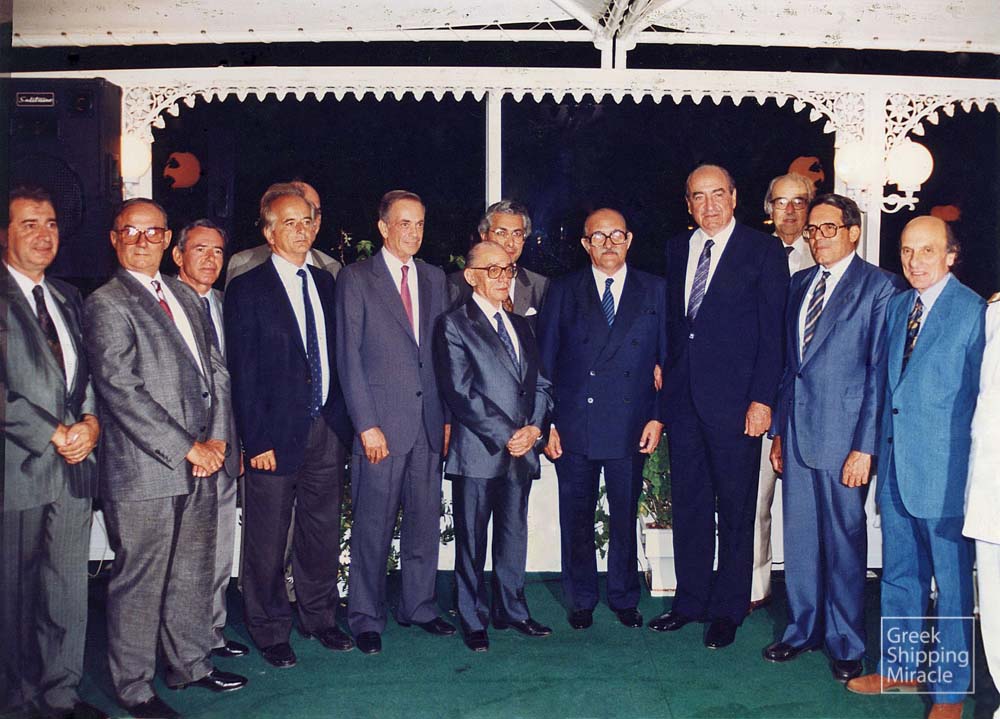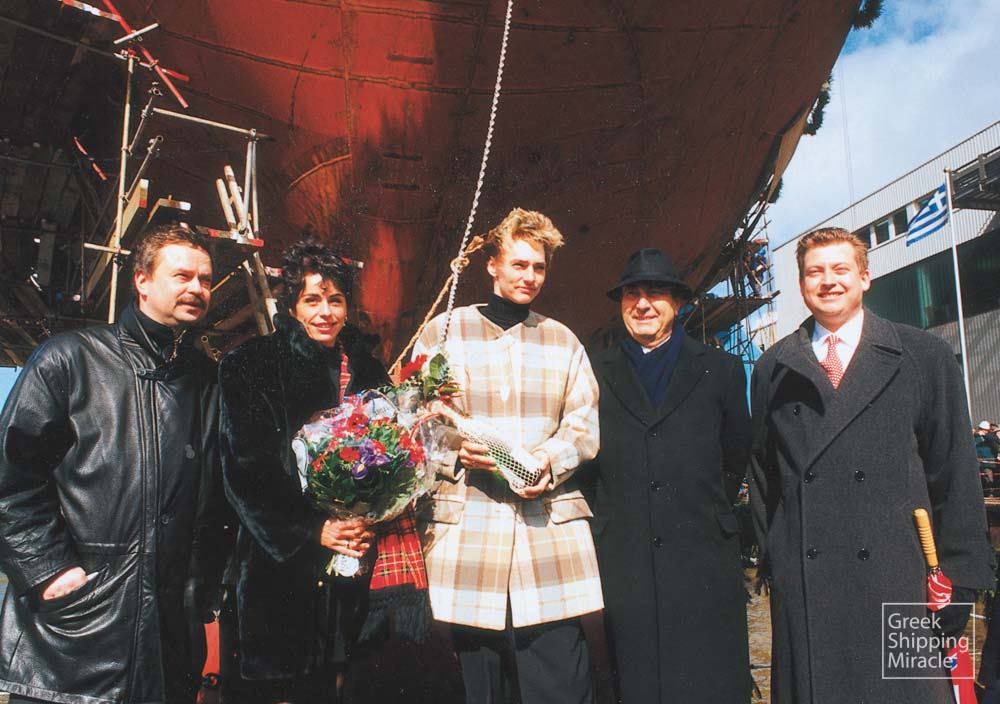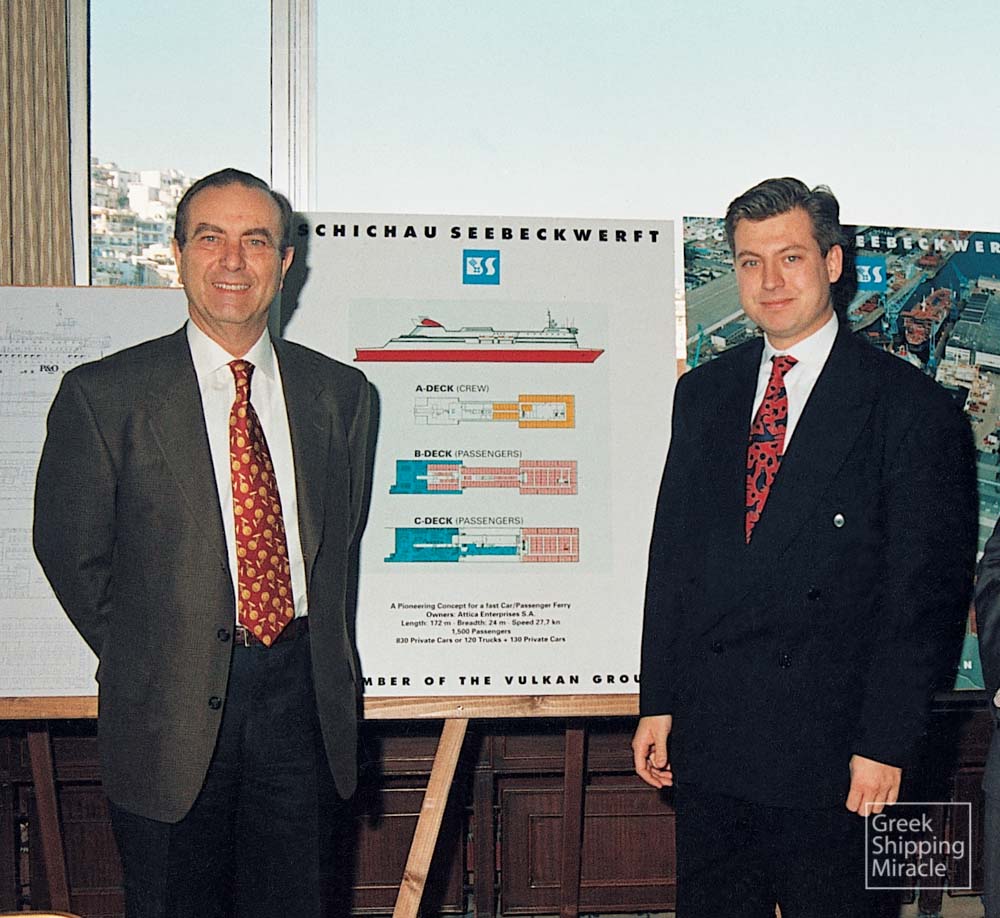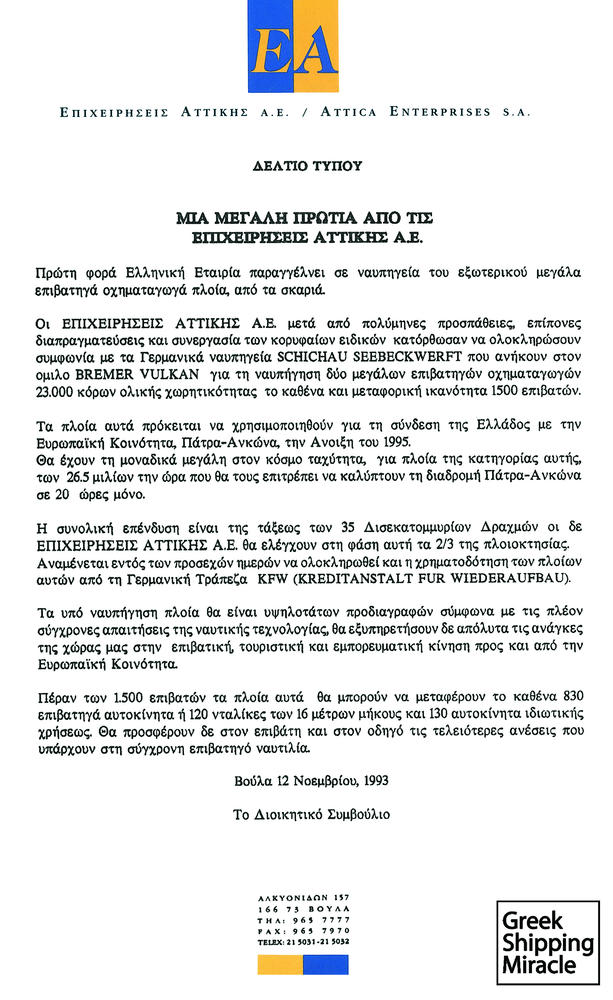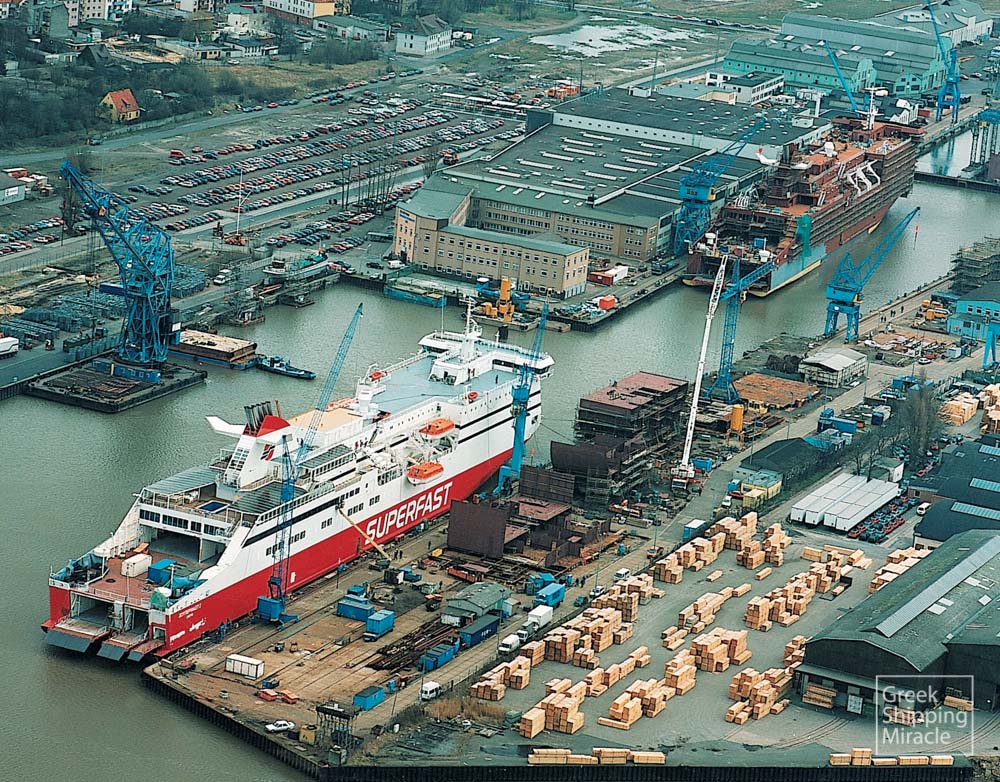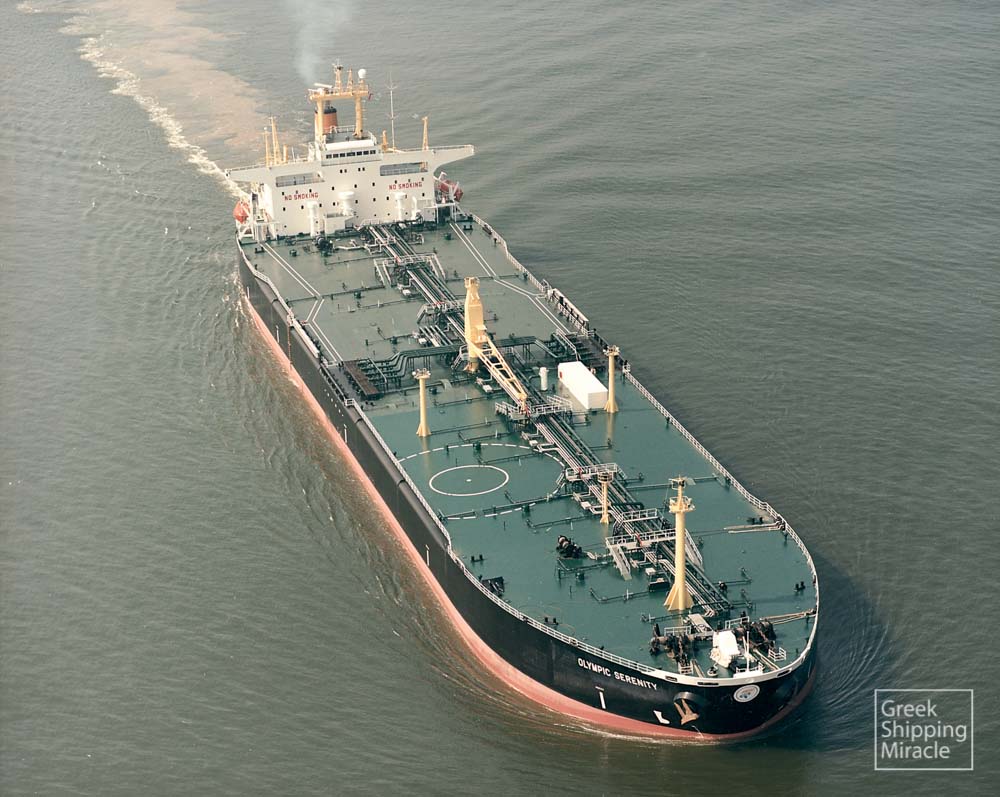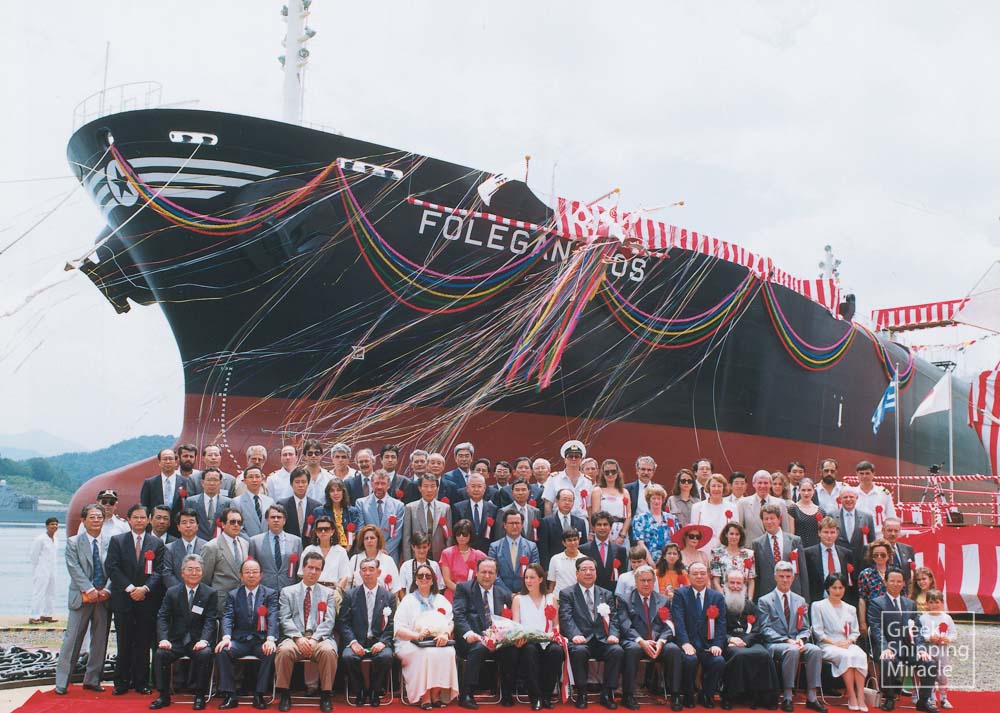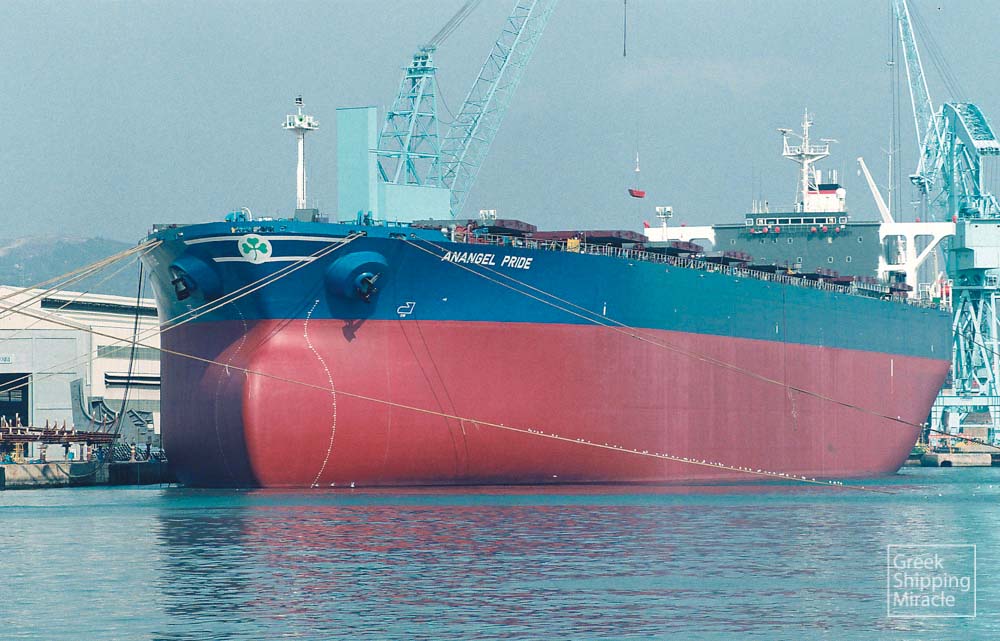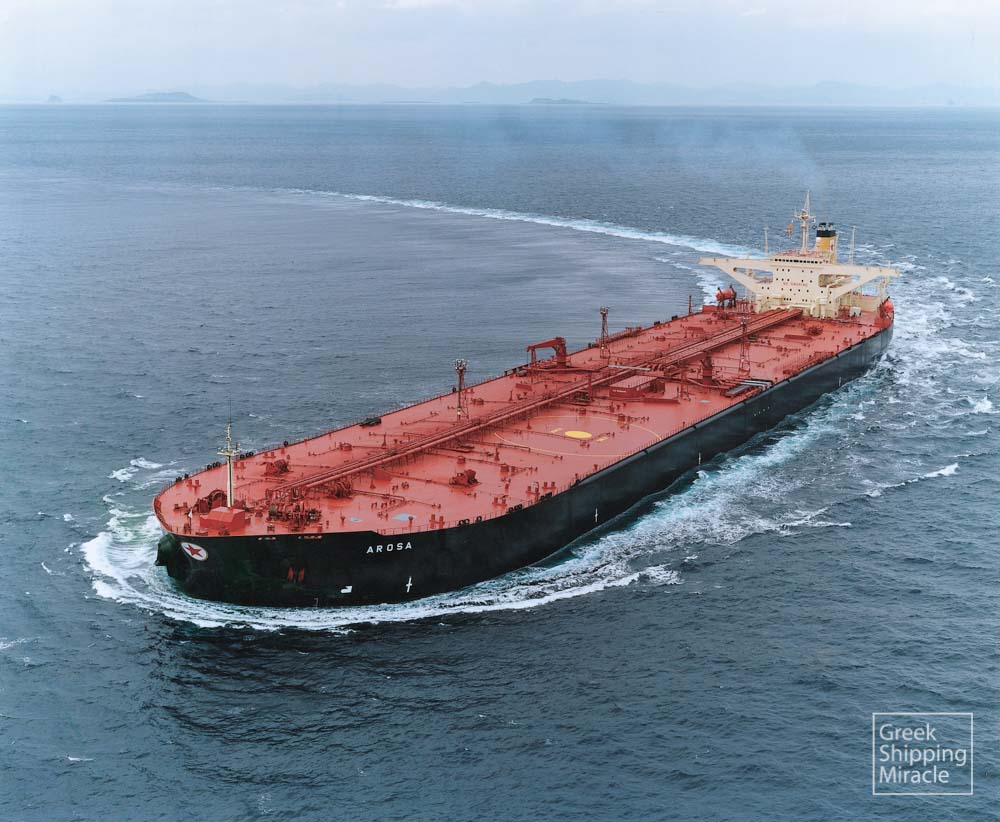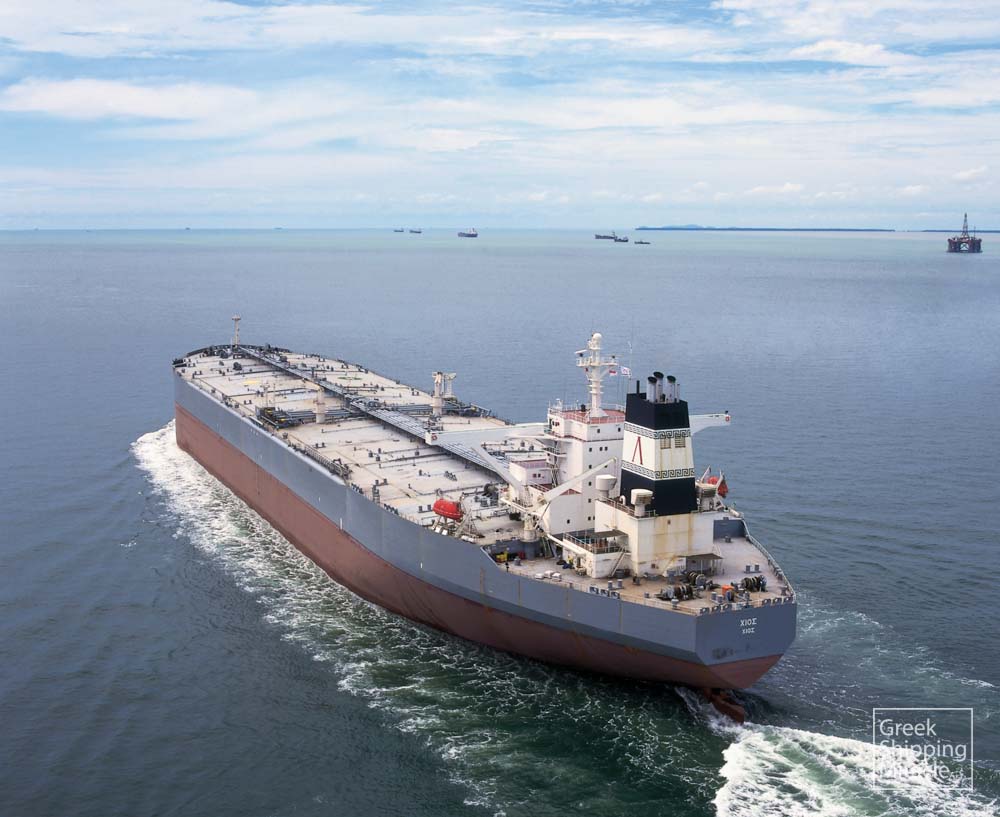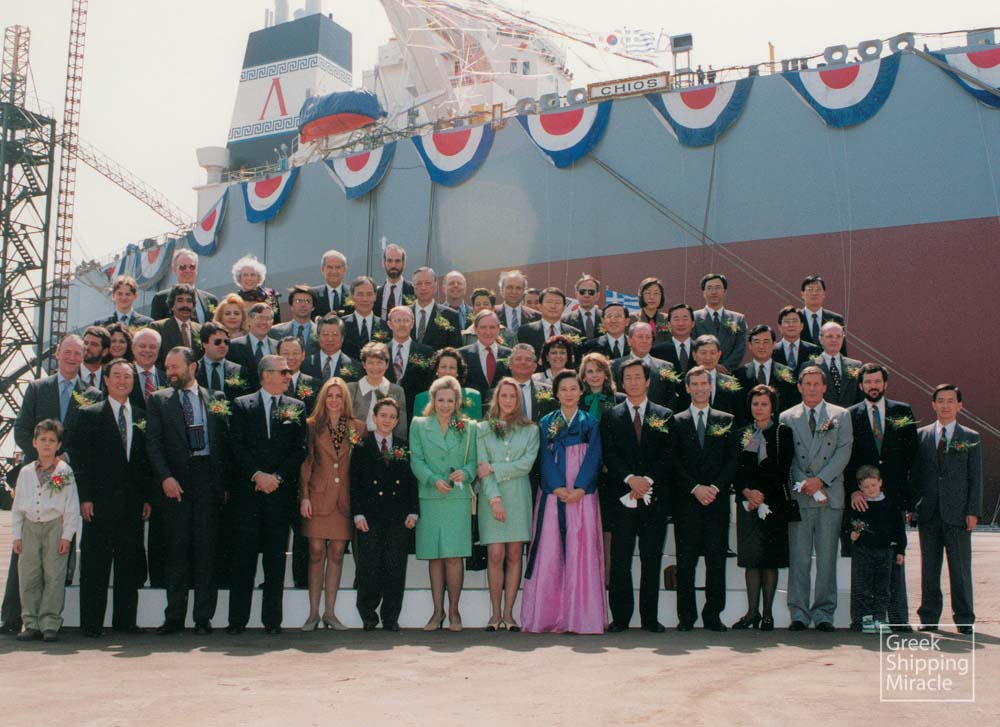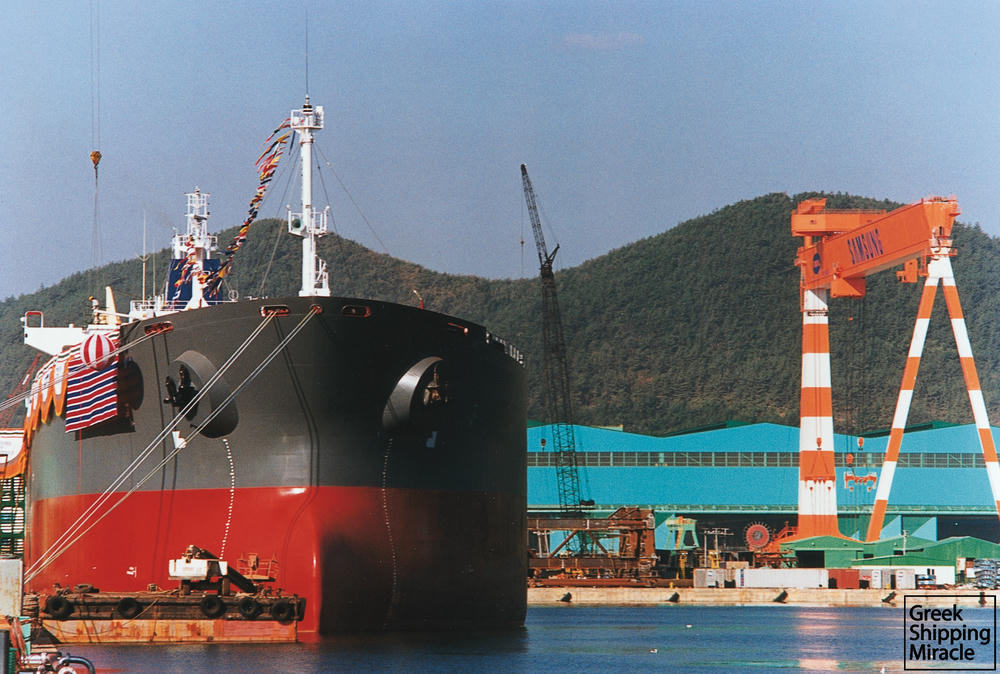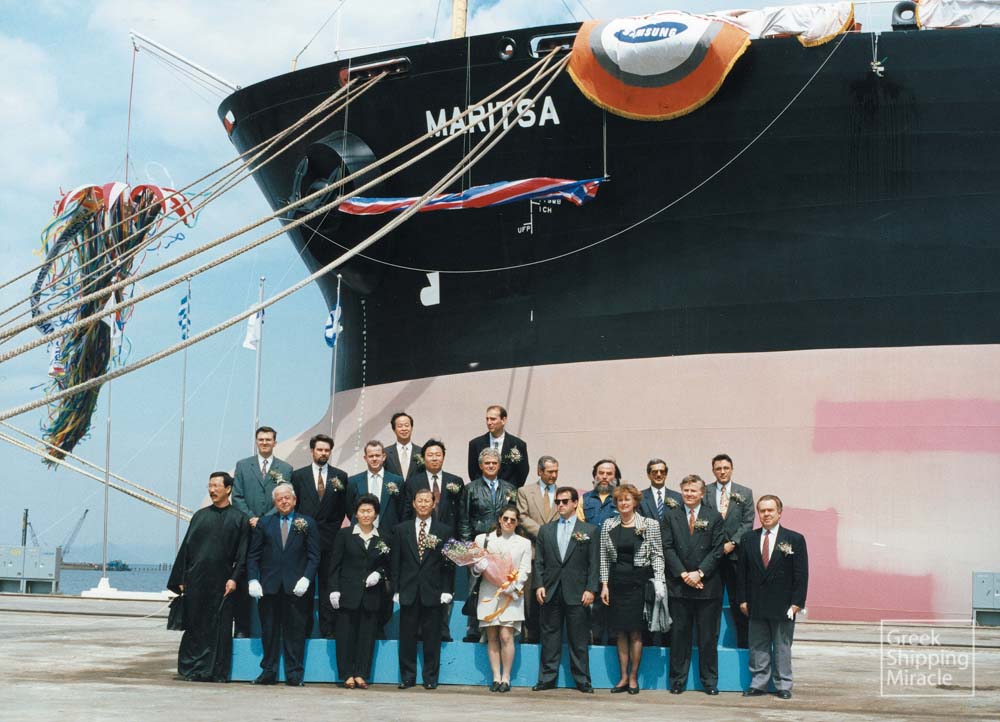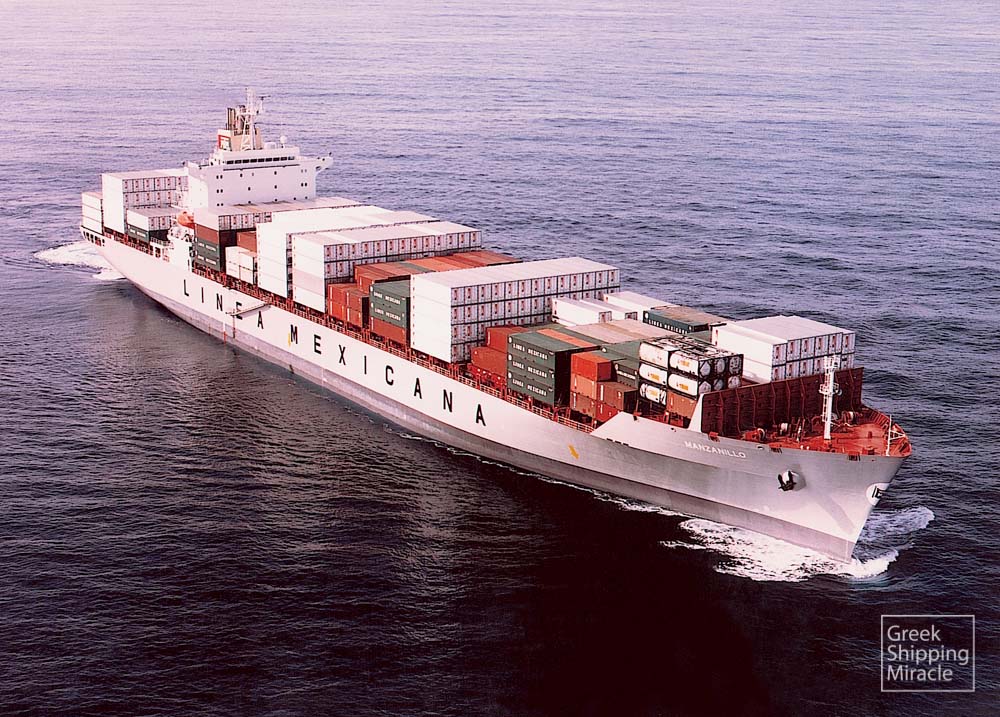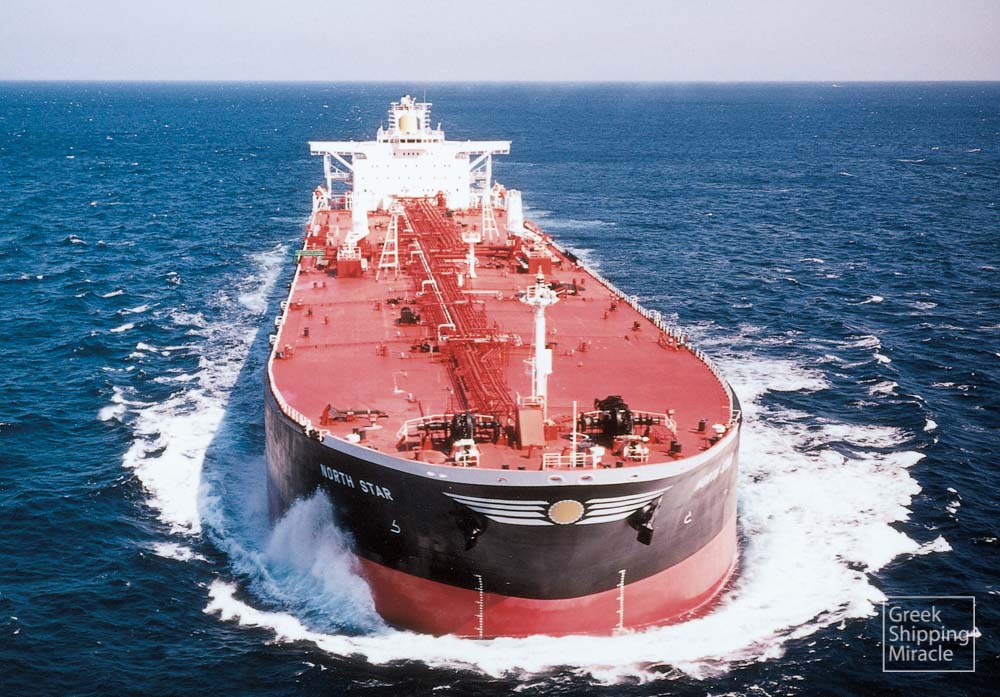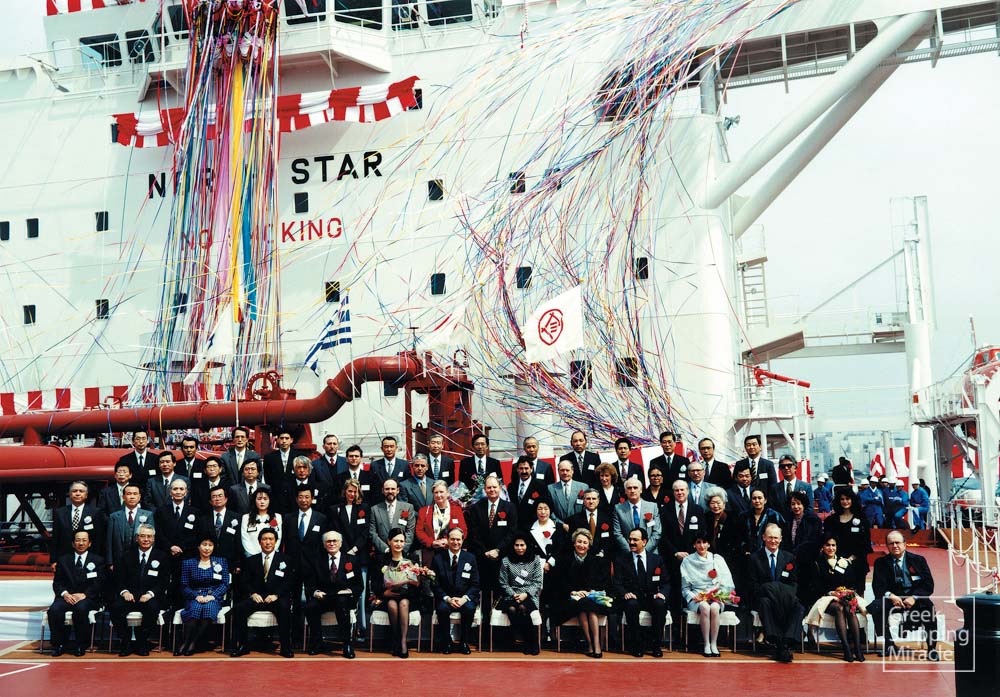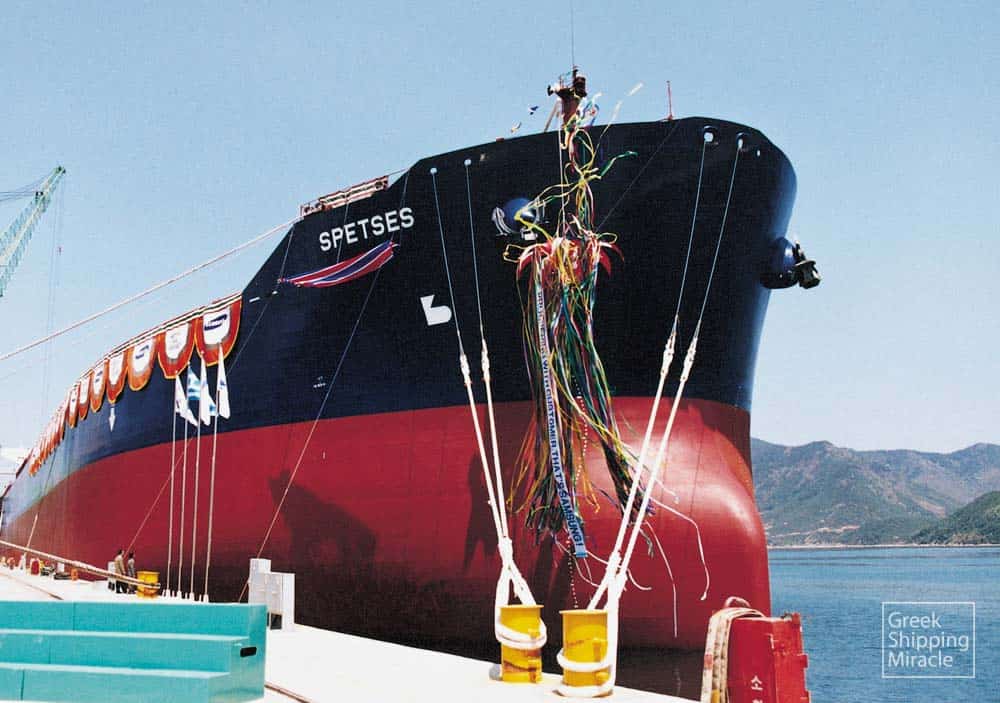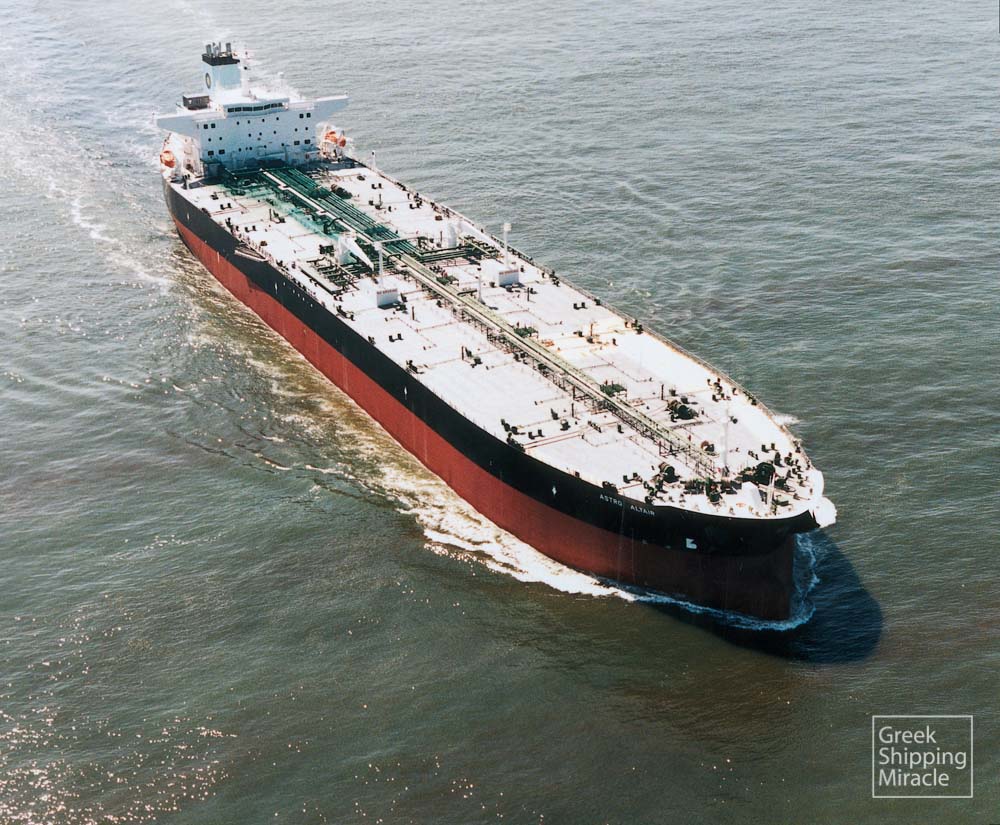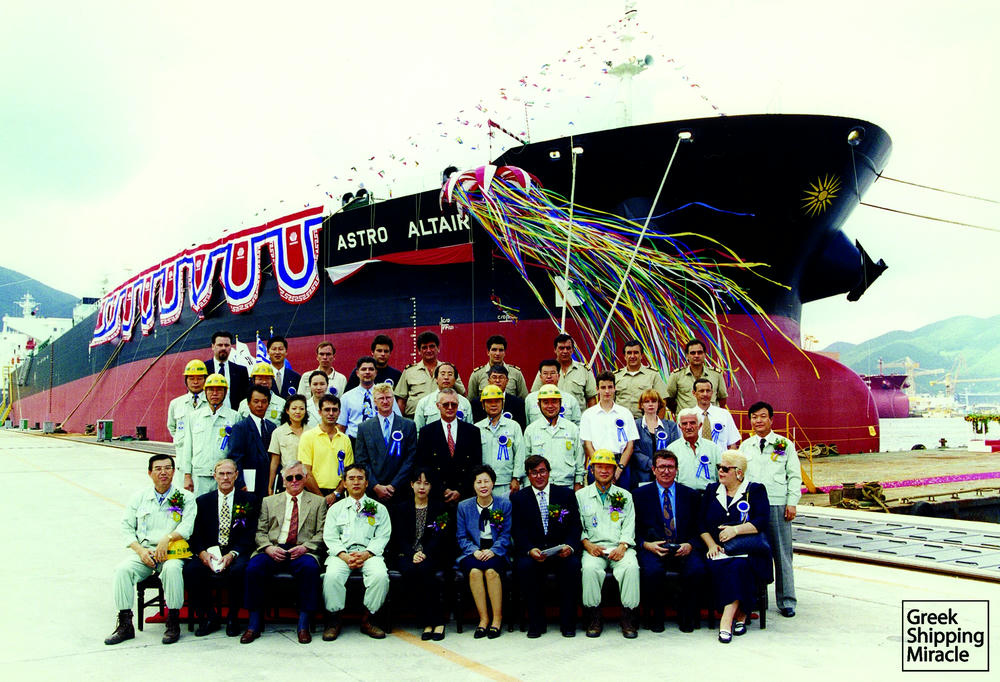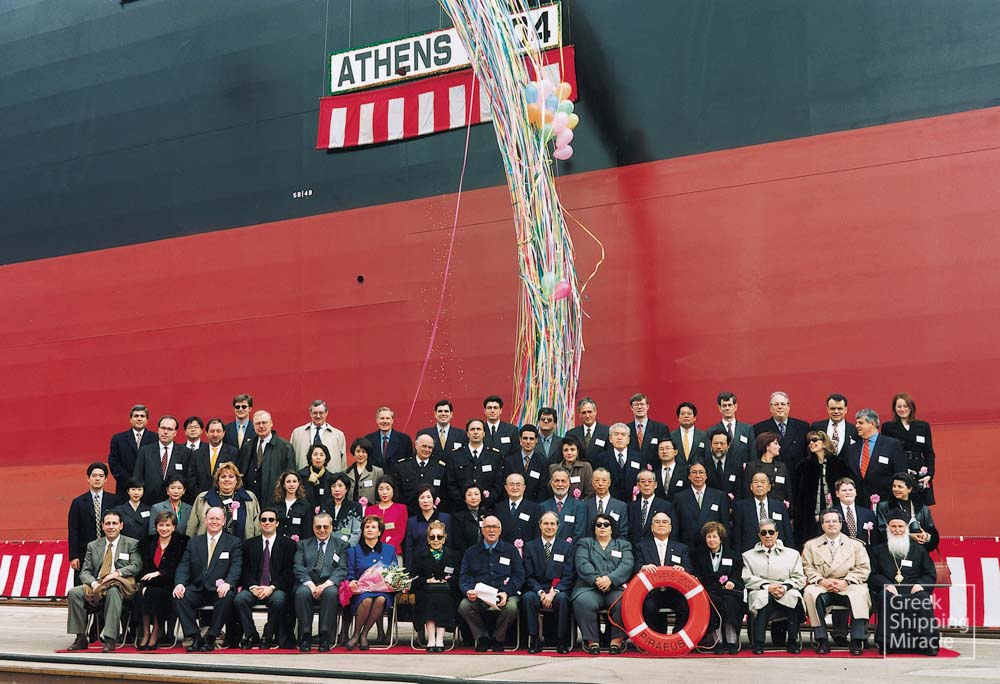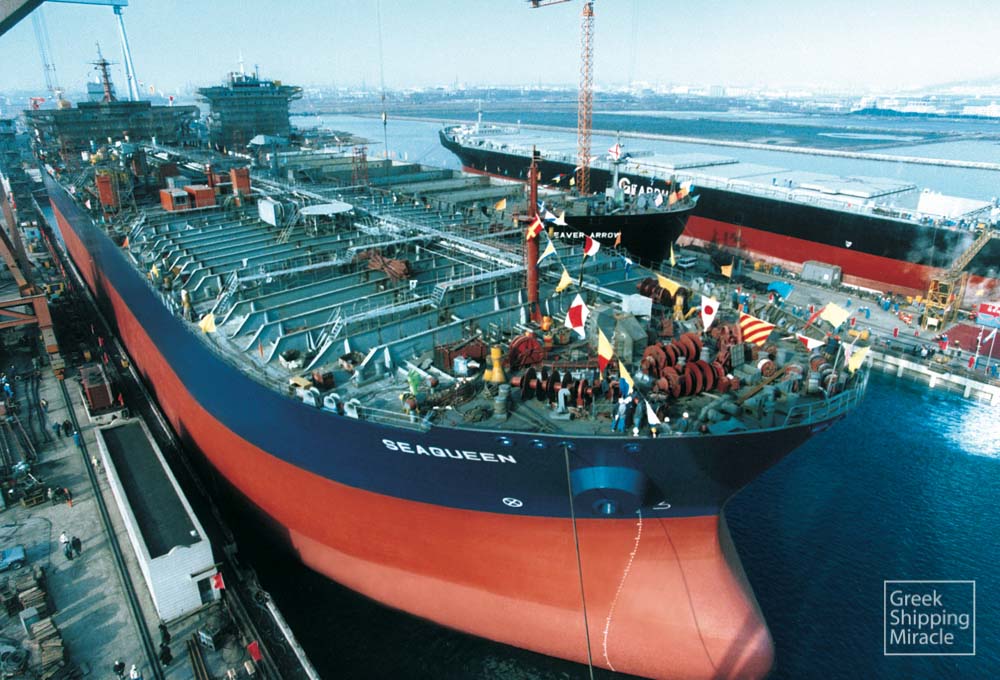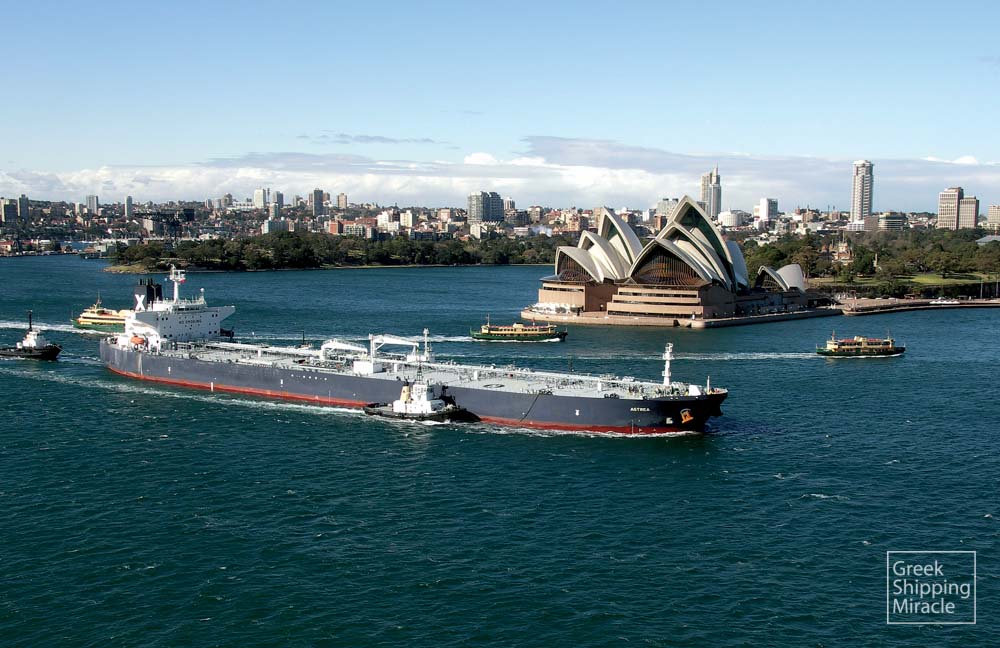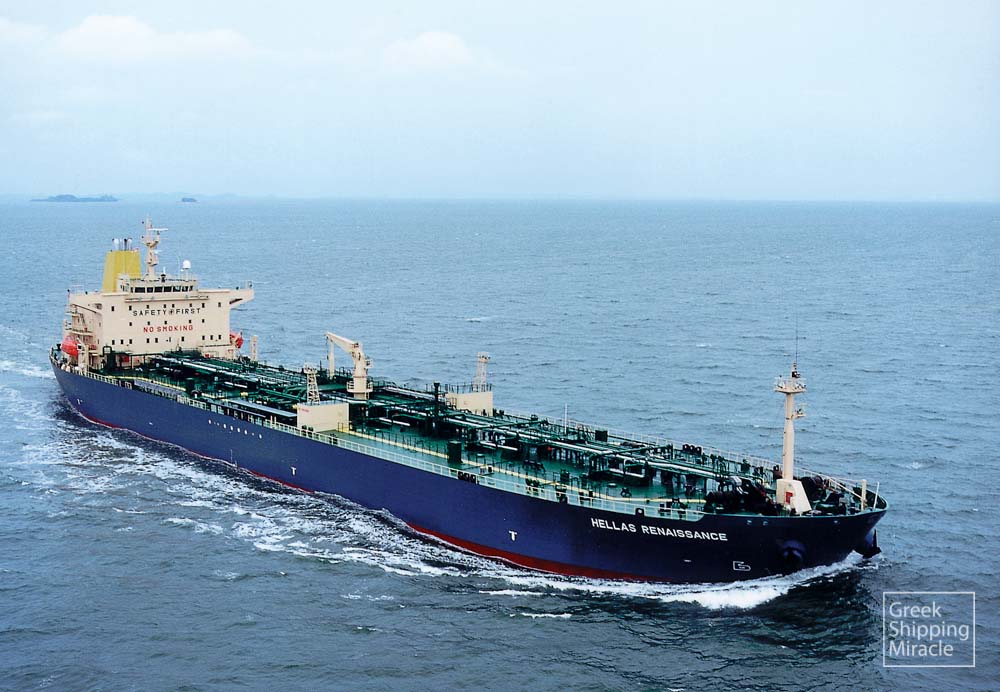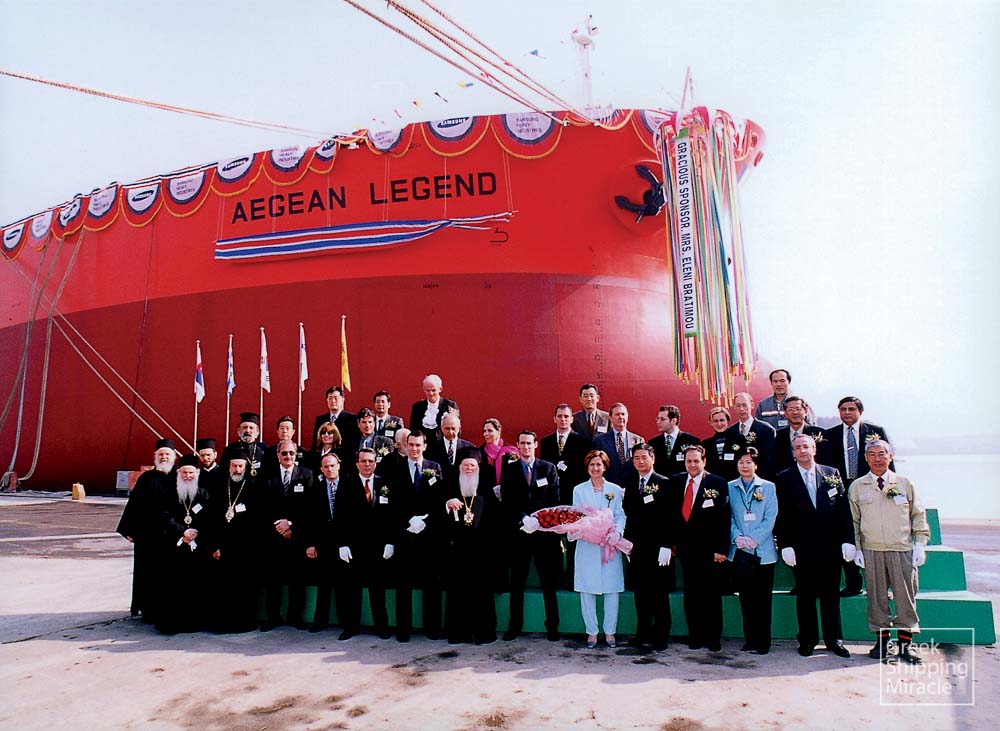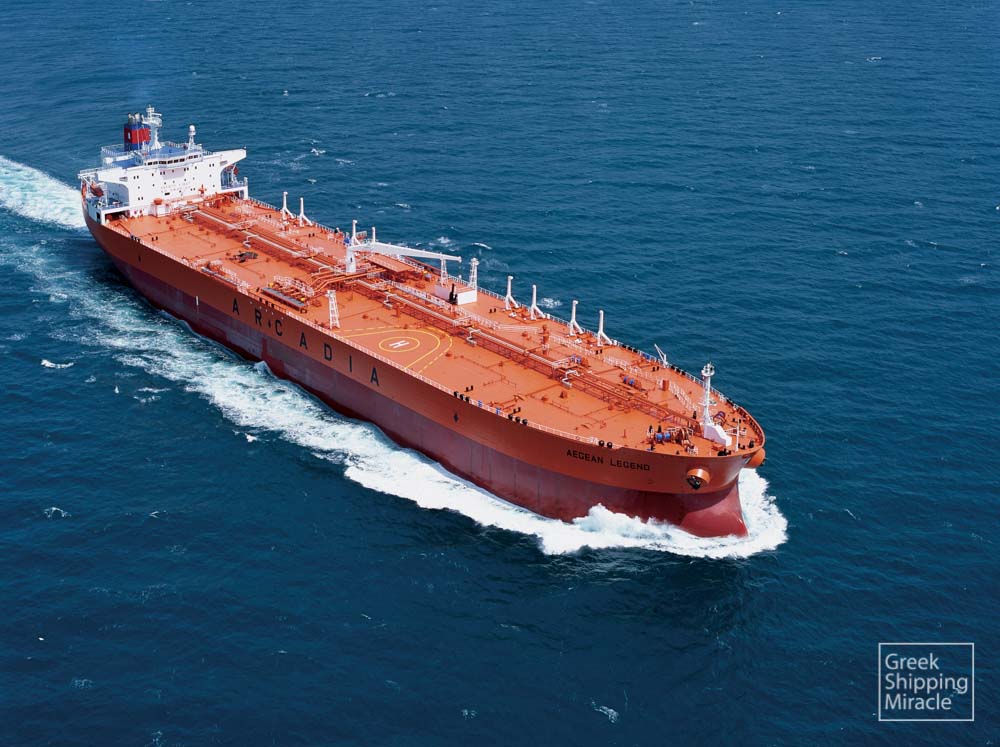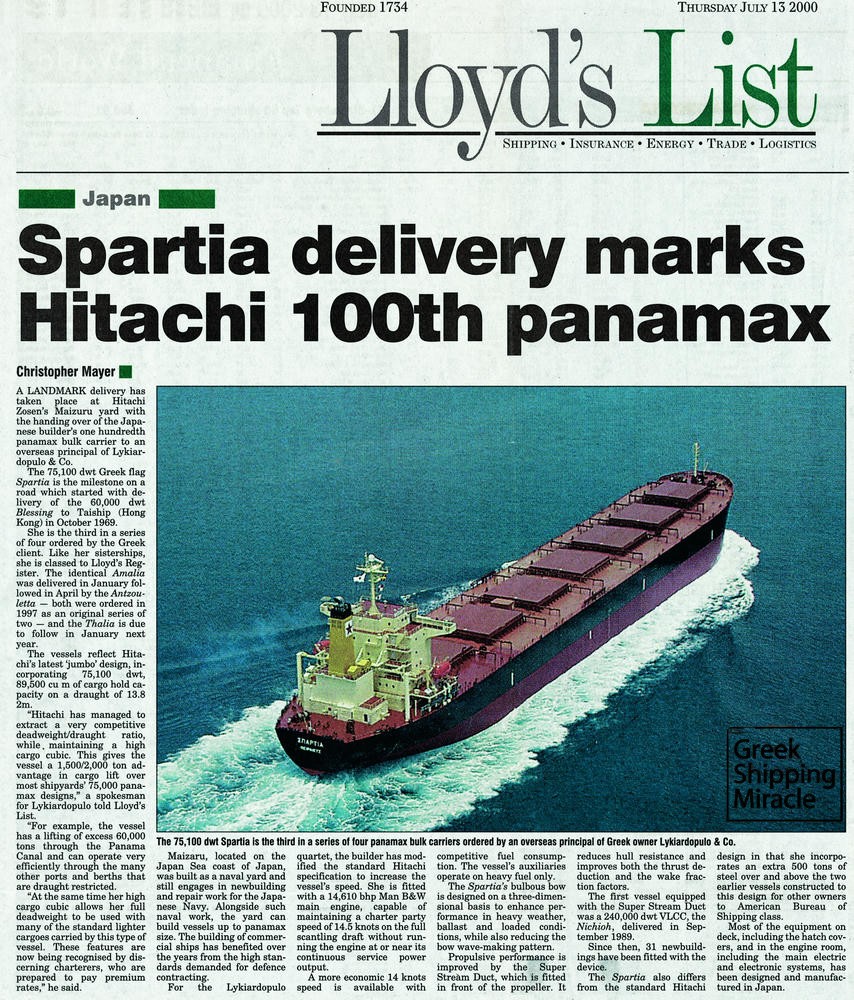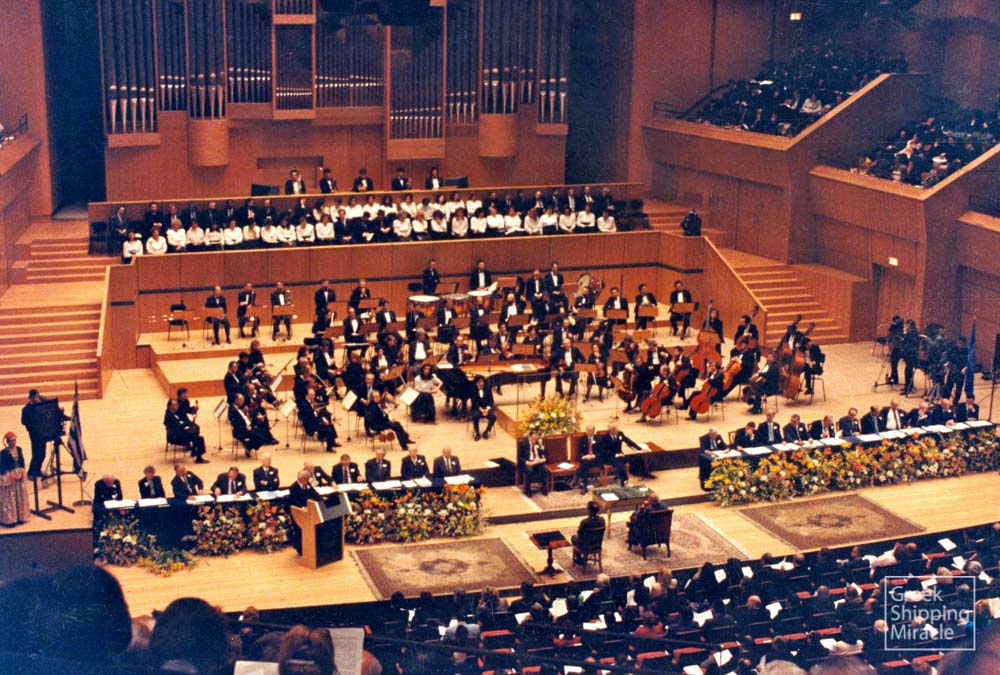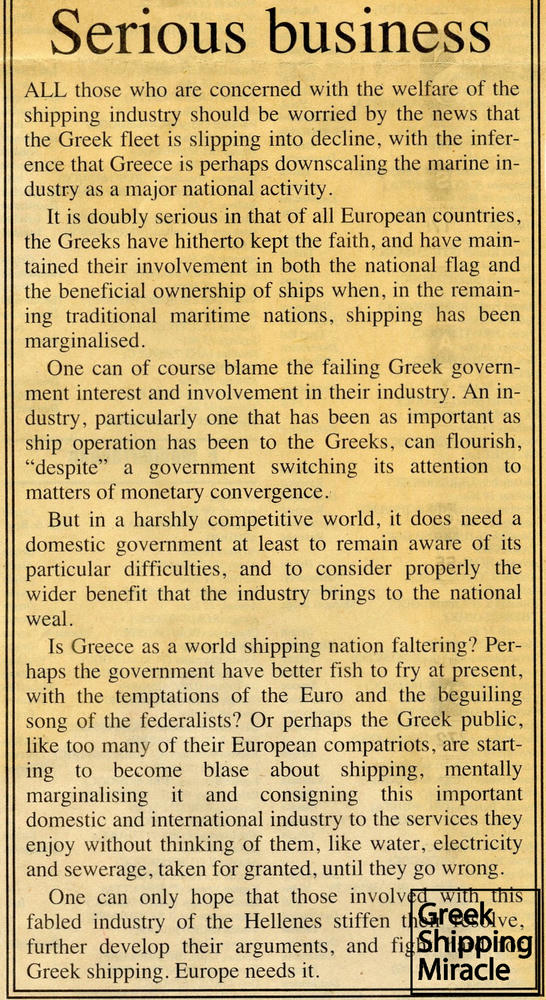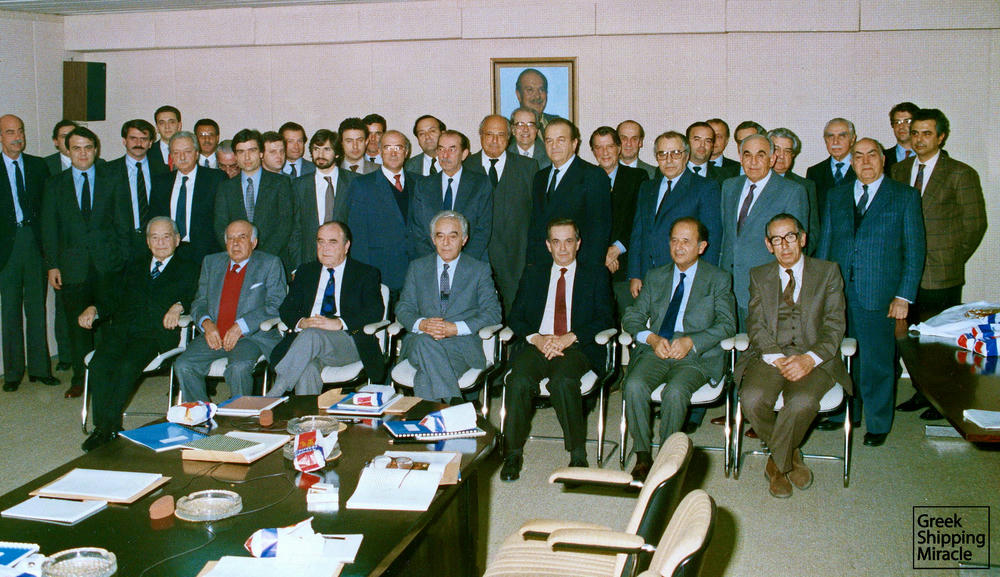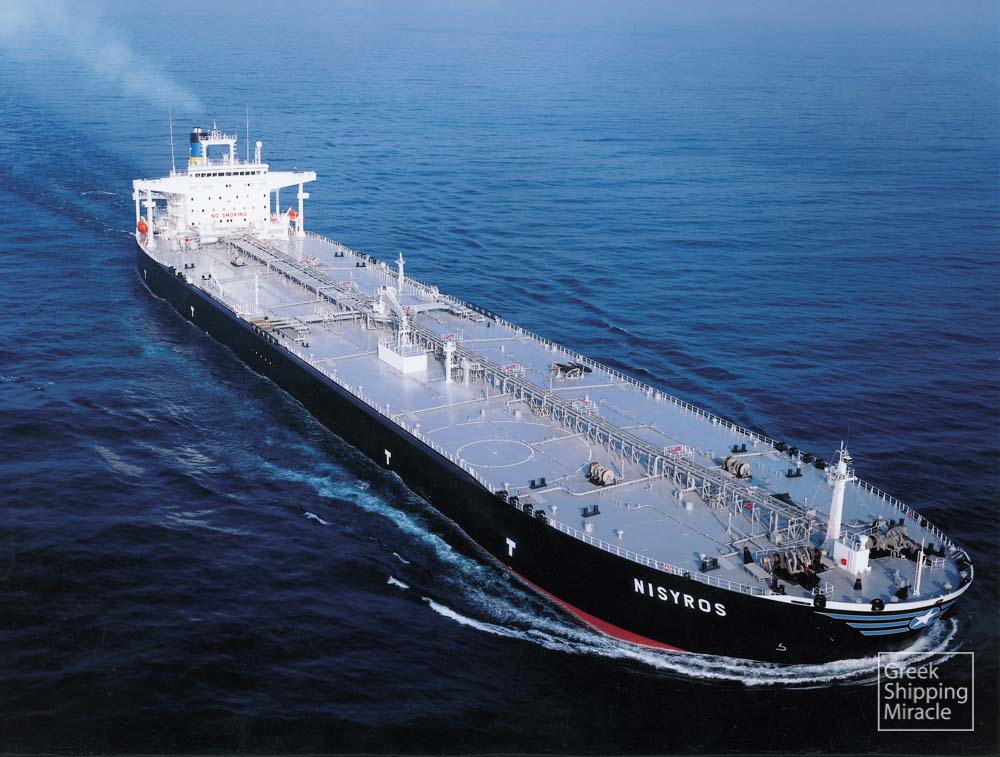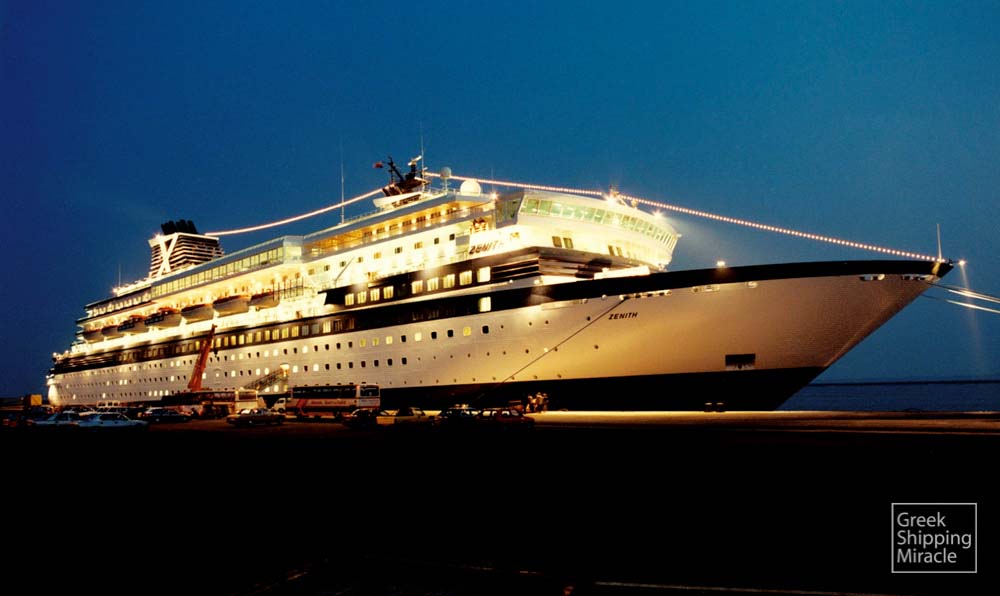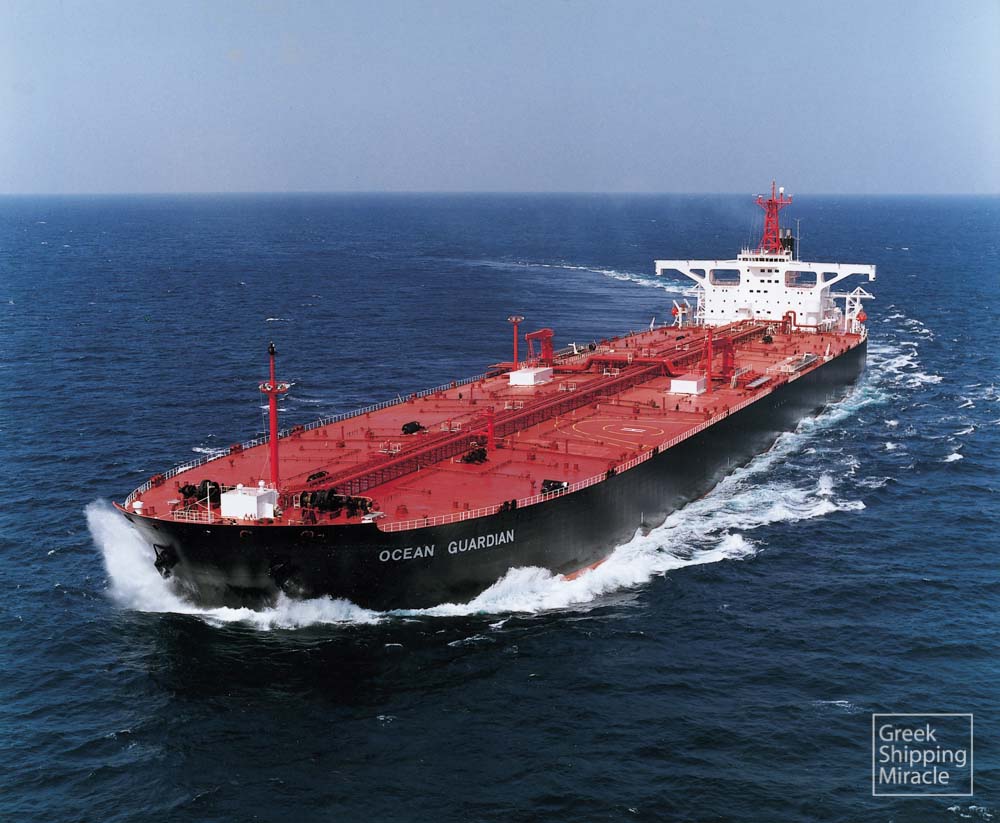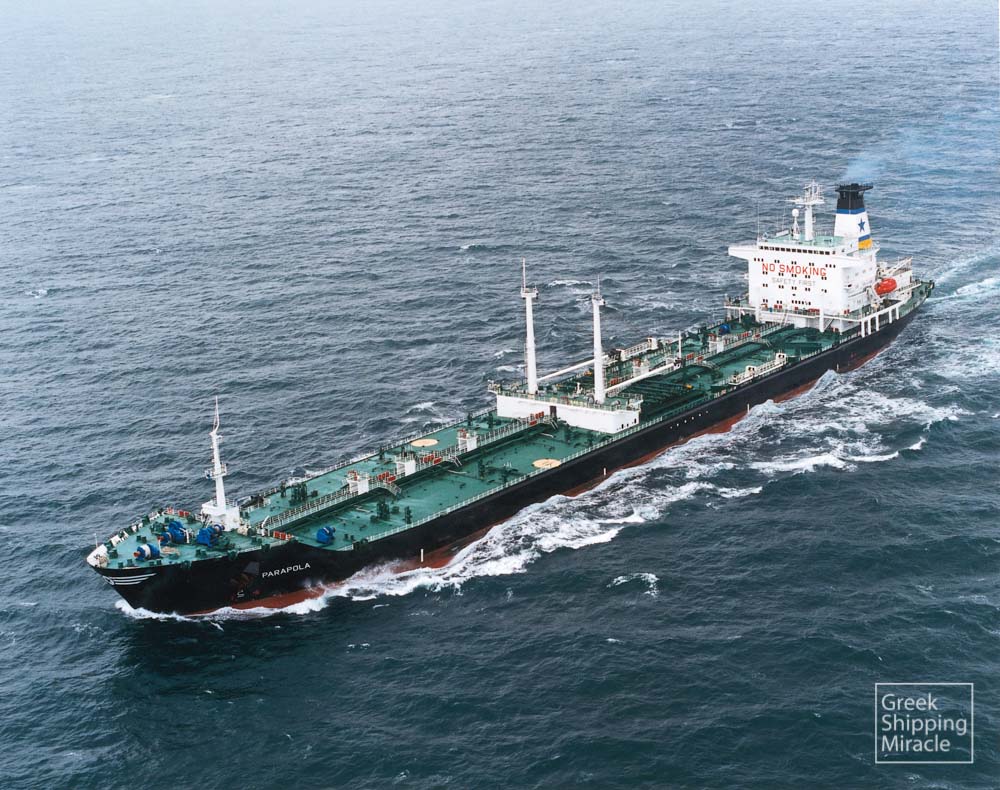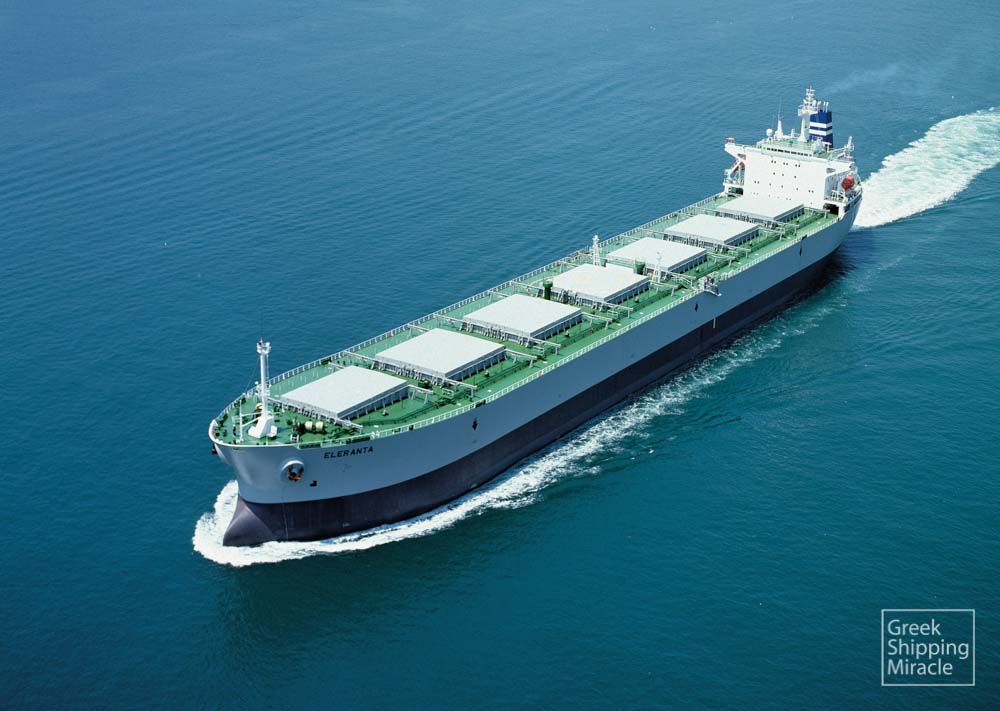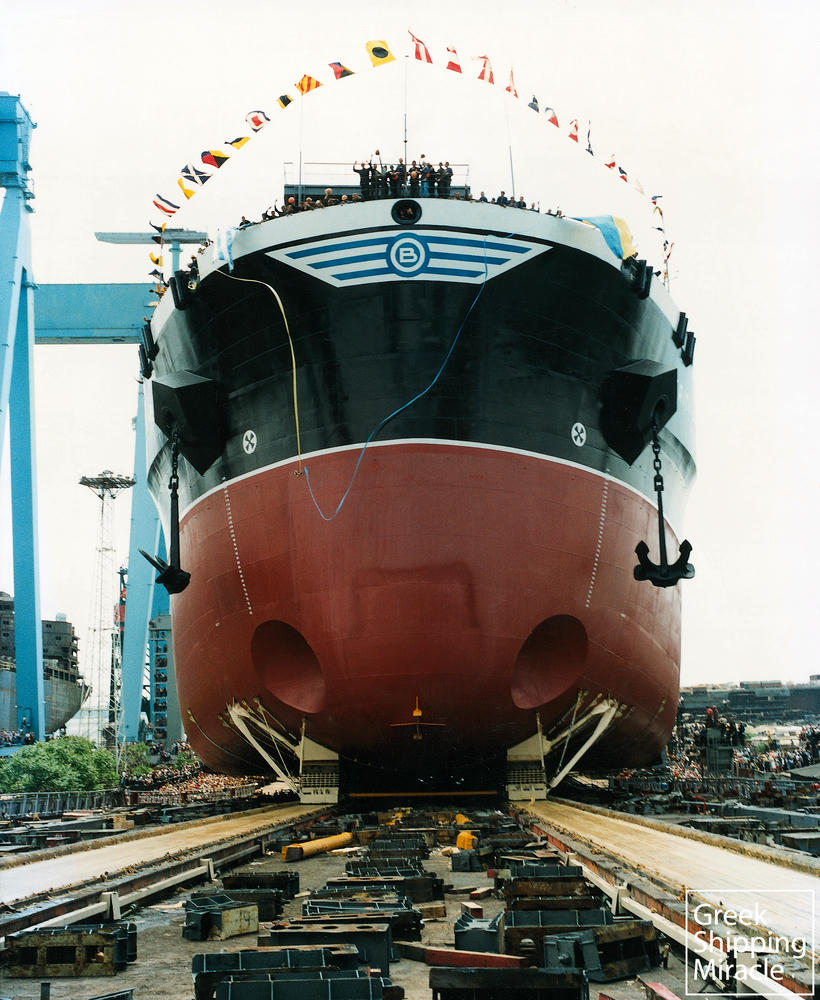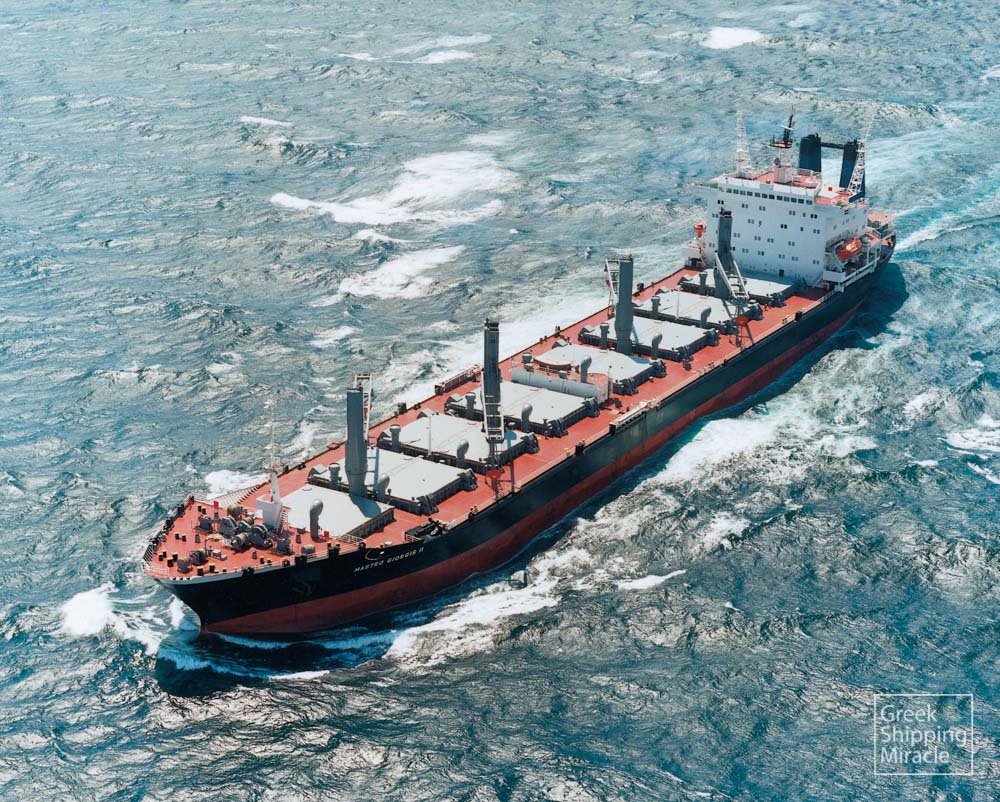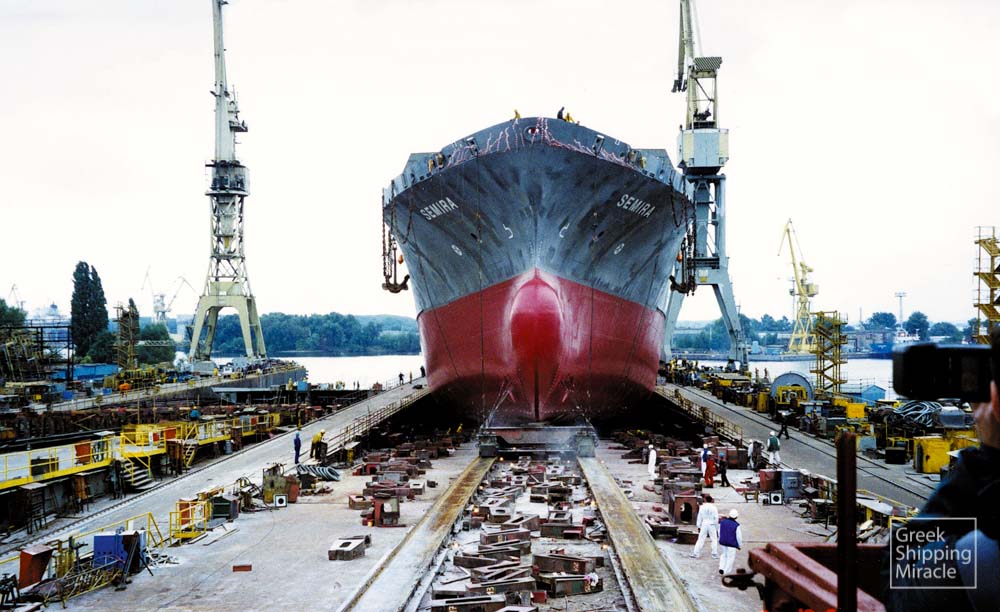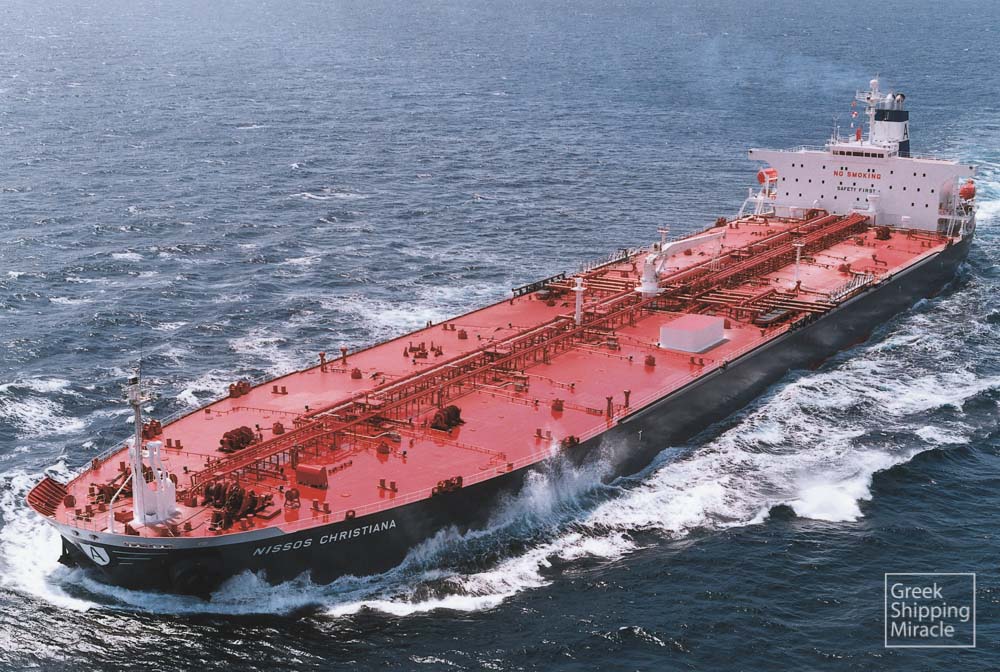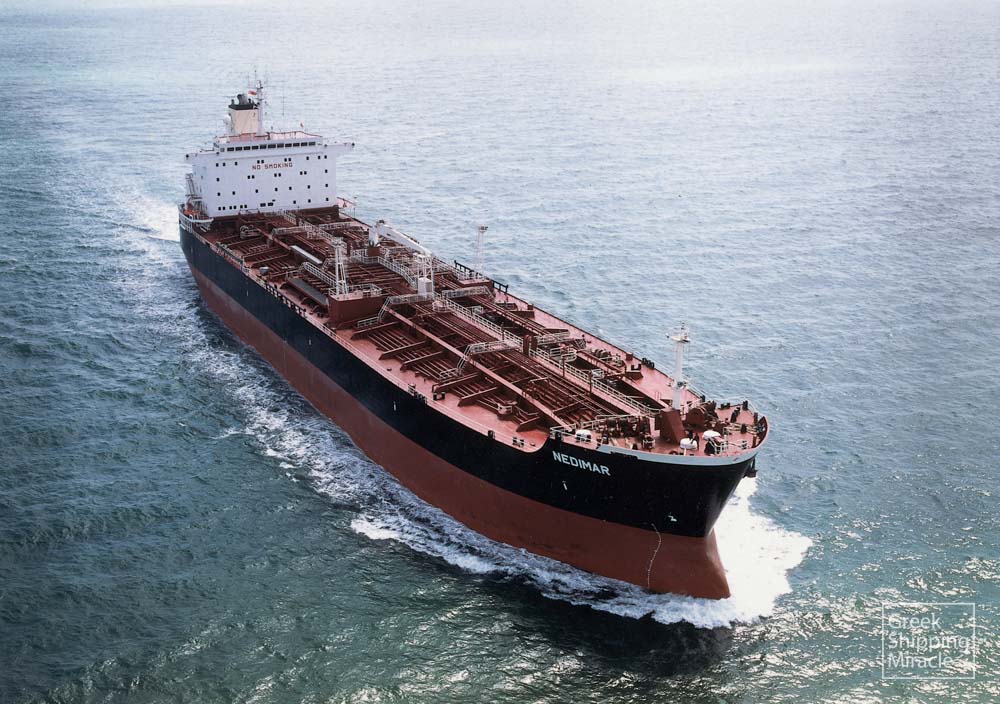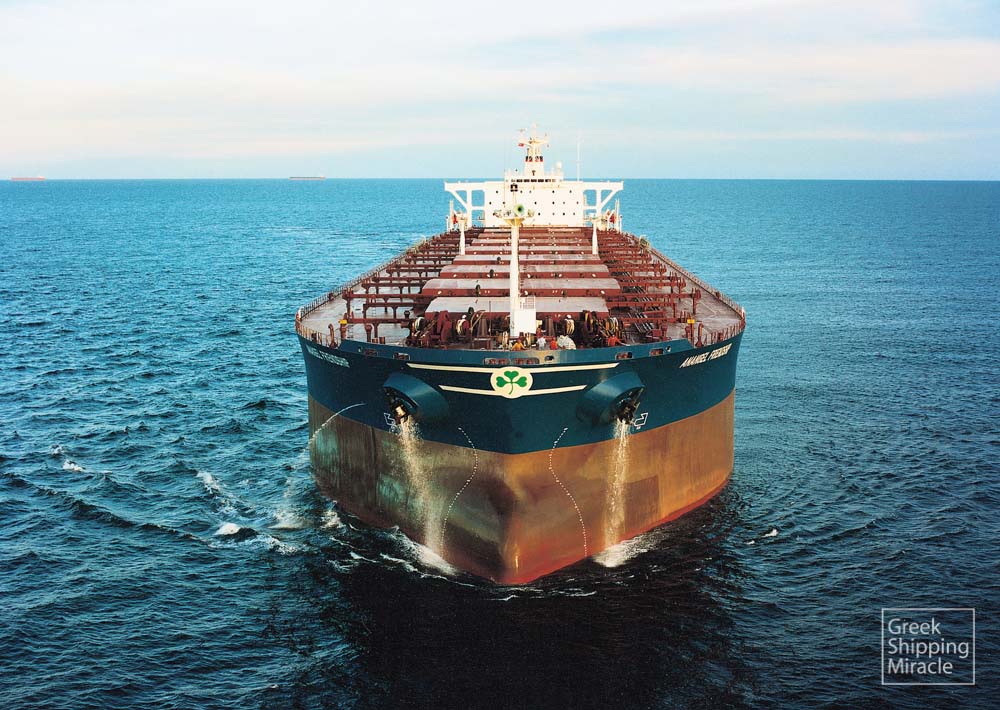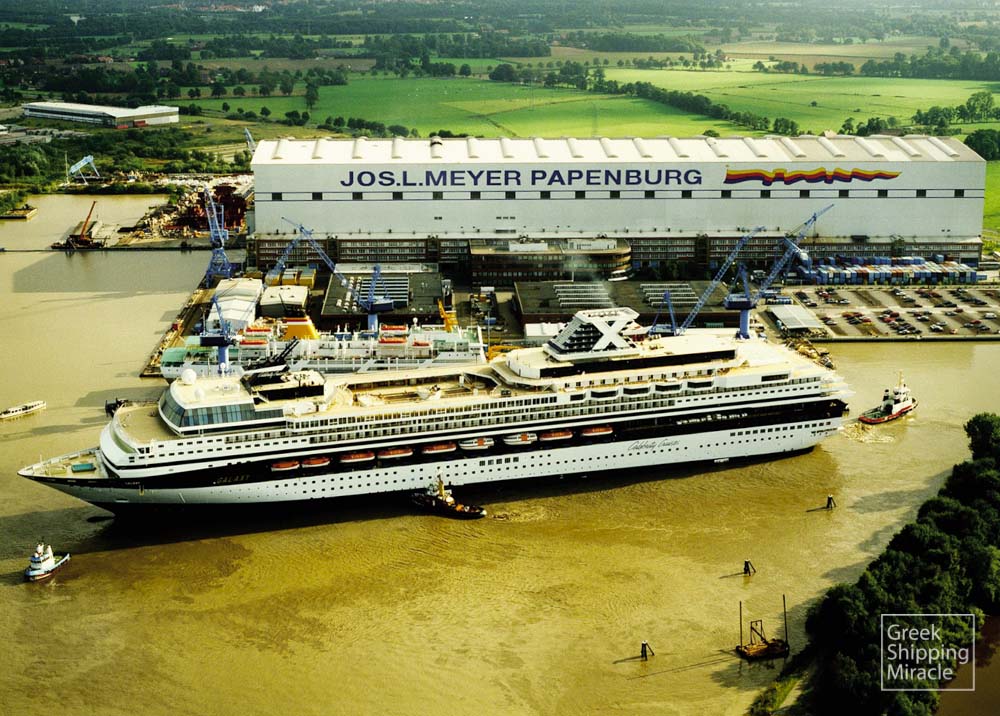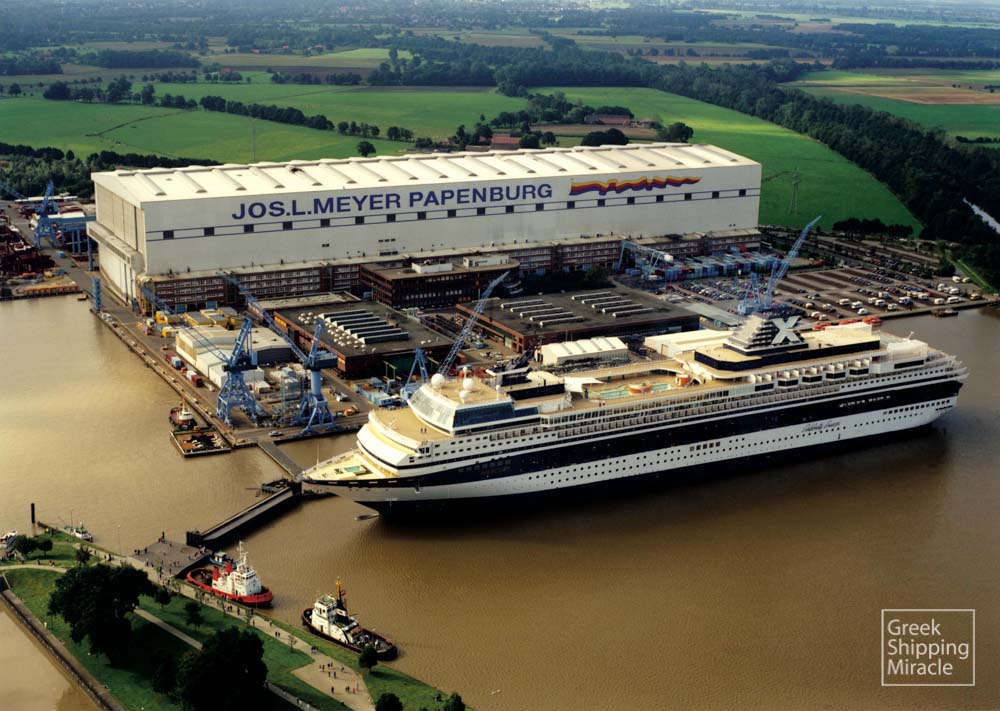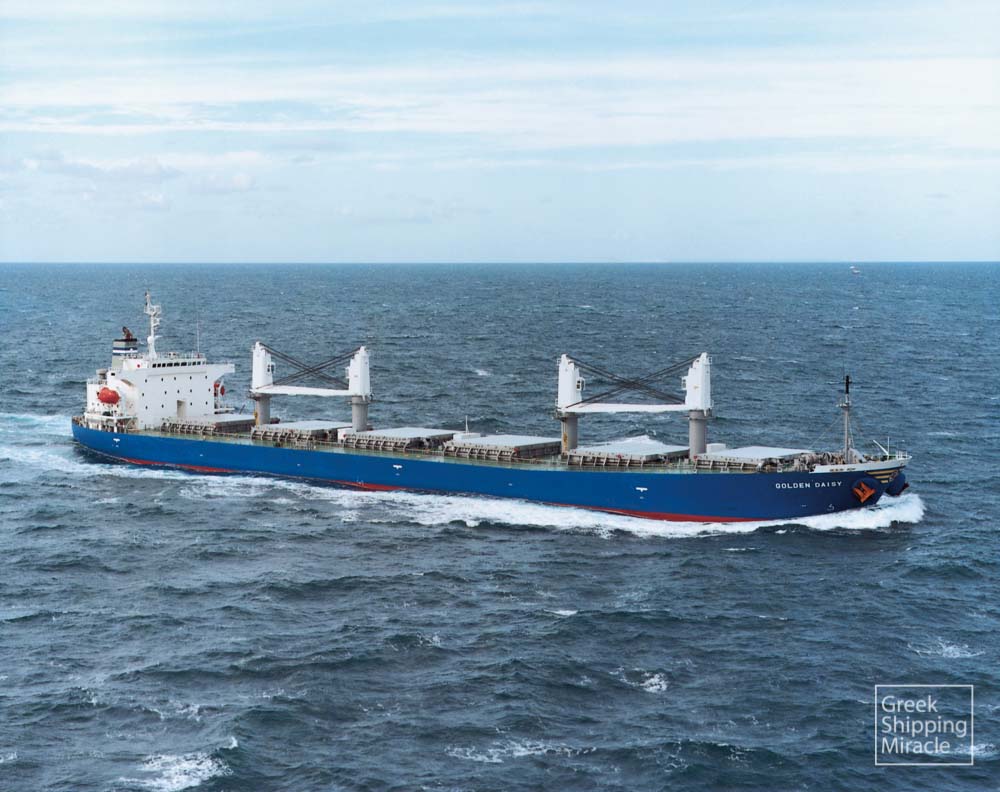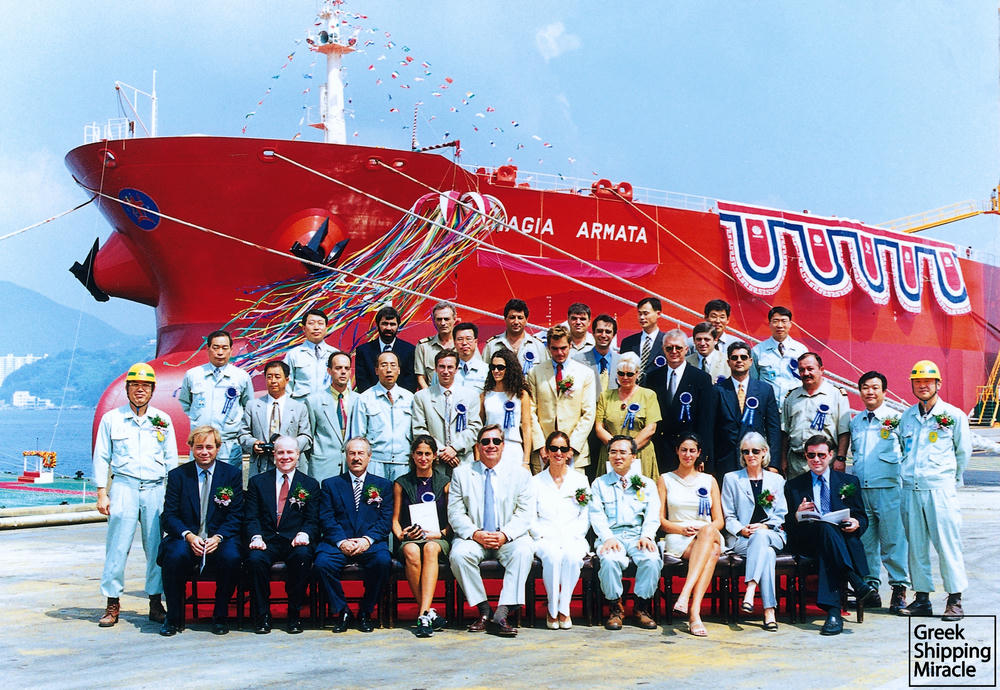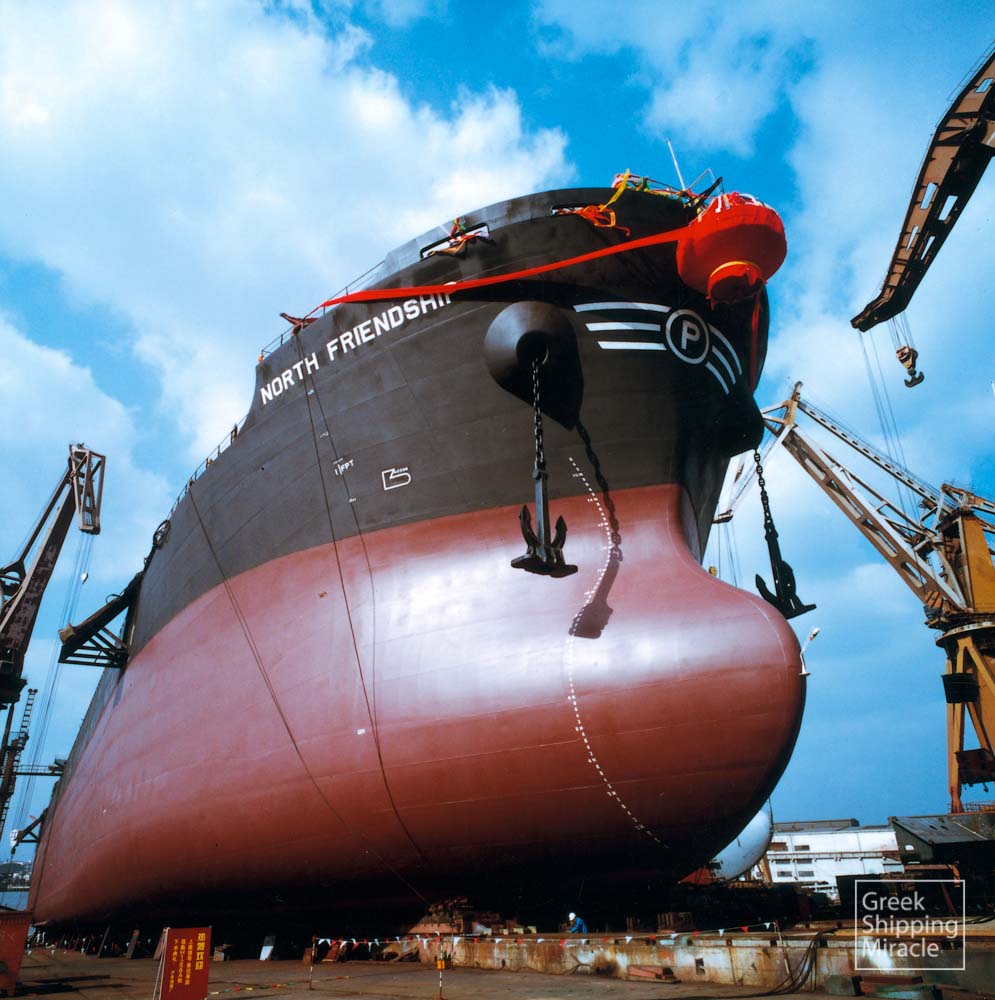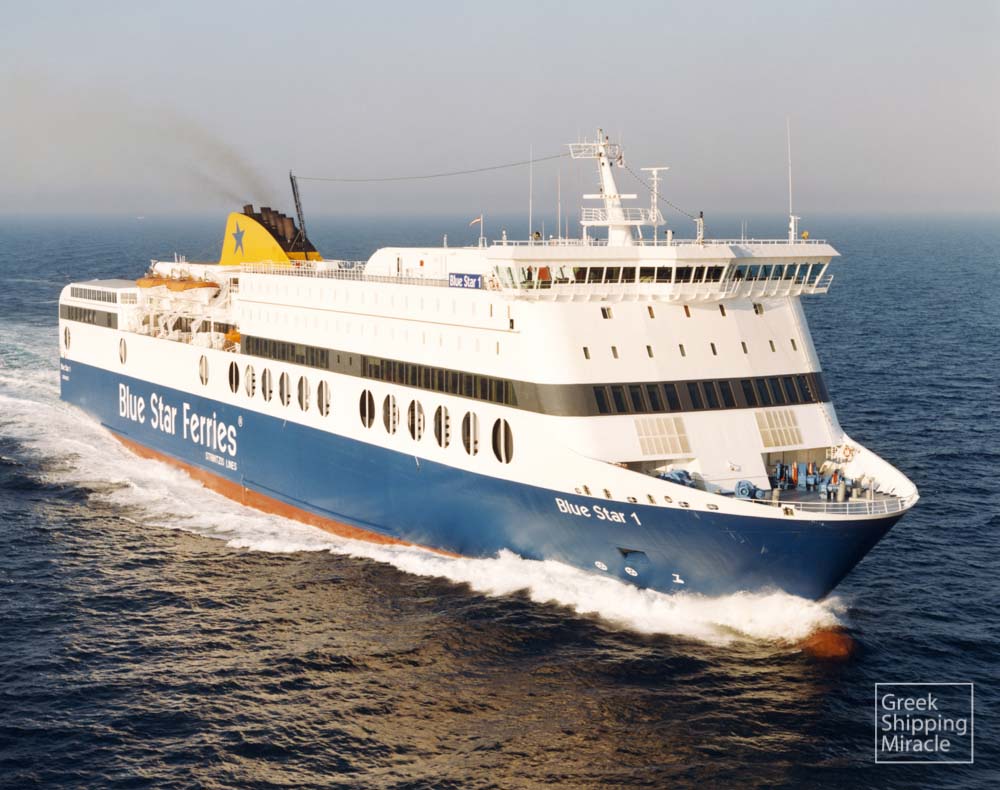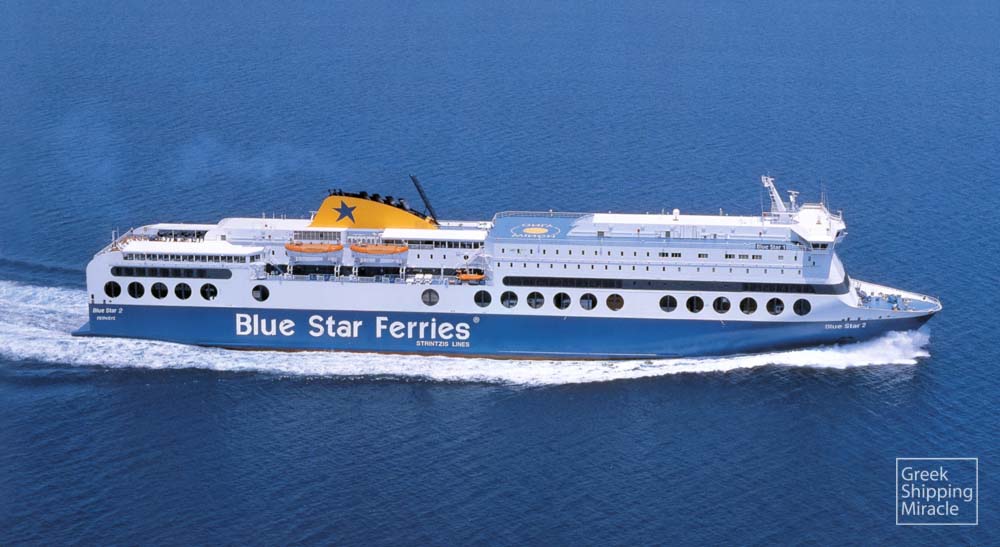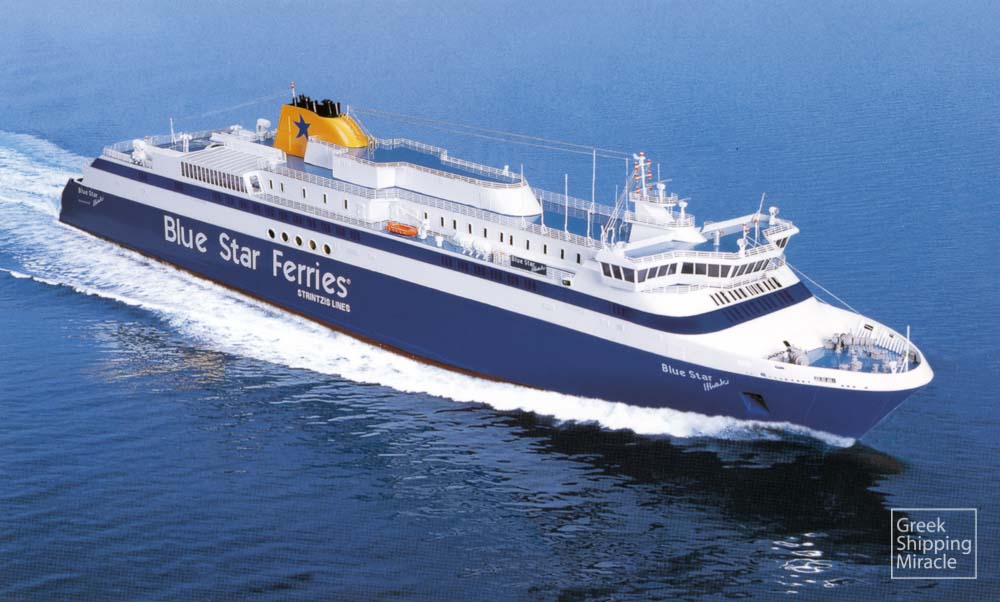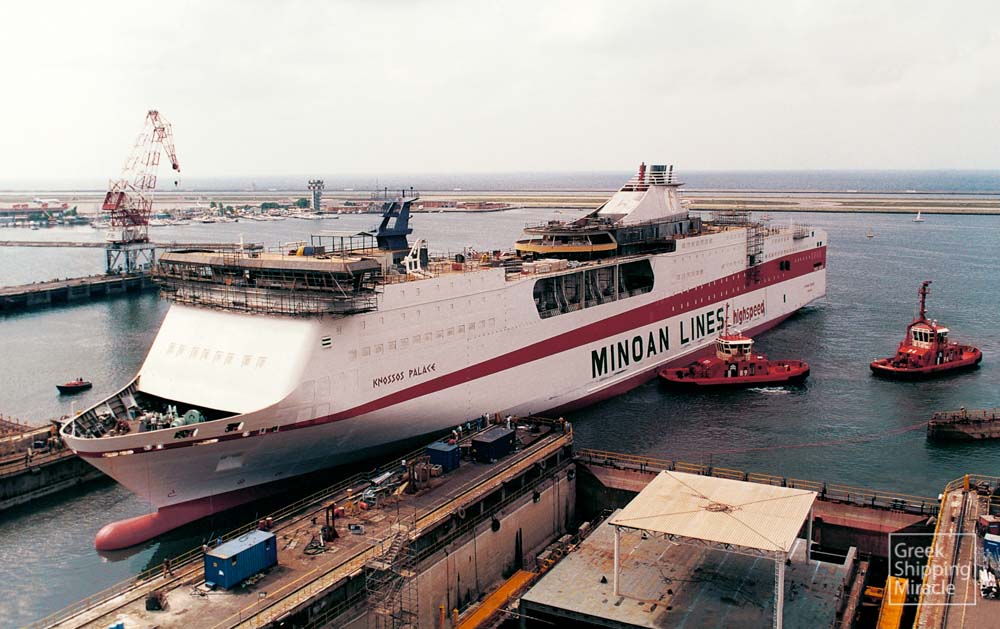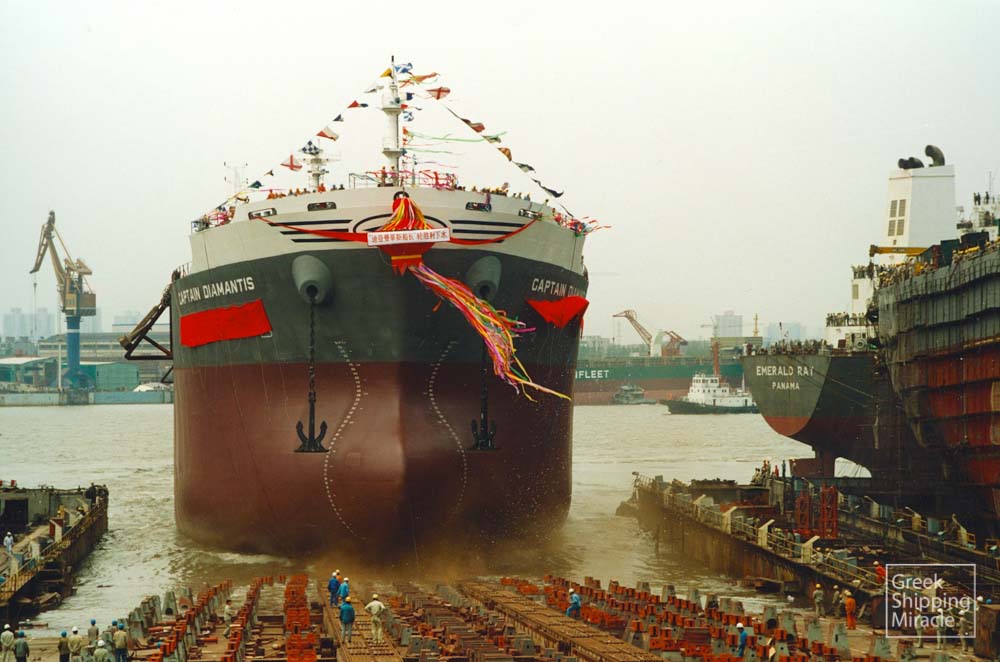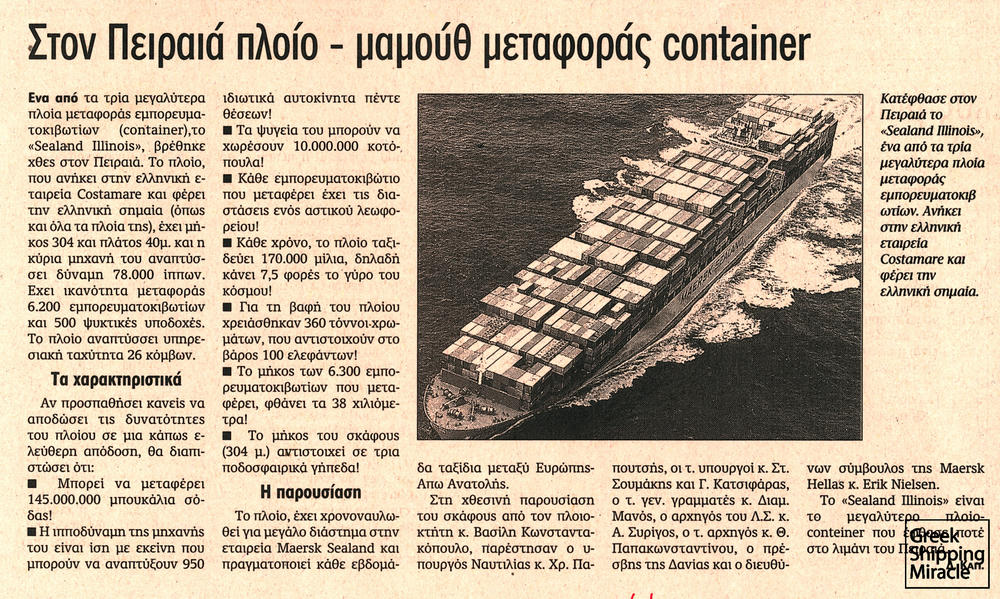Sailing towards a New Century
(1991-2000)
The deep and prolonged crisis of the previous decade led to consequences perhaps only comparable to a world war. Many powerful shipping enterprises could not withstand the poor market and were eventually driven out of business. A large part of the world fleet was sent to scrapyards prematurely, including ships laid-up throughout the crisis. For the first time since the post-war period, global shipping had to operate under a freight market dropping continuously for almost five years. The crisis led to a significant reduction in shipping volume and reduced global shipbuilding activity. On the other hand, the recession also had positive effects, such as the disappearance of opportunists who had entered the industry.
With the crisis fresh in mind, despite the gradual recovery of the freight market, most Greek owners were very cautious in placing newbuilding orders at the beginning of the 1990’s. However, it was not long before the picture started changing. A series of accidents involving tankers causing serious environmental pollution, most notably the EXXON VALDEZ grounding in 1989, led to a chain reaction worldwide forcing several governments, led by the US, to take action in the form of a special legislation, in an effort to protect the marine environment. Thus, the start of a new era began, where oil tankers had to be built with a double hull. The pressure for the replacement of existing single hull tankers was intensified and eventually became mandatory in response to further accidents that had occurred in the meantime. Changing with the times, Greek owners had replaced by the end of the decade a large part of their fleet with the construction of 132 double hull tankers, including the world’s first very large crude oil carrier (VLCC) and aframax types bearing these specifications.
From April 1990, the New Democracy party was in power. Prime Minister Constantinos Mitsotakis personally attended efforts aiming at the recovery of the Greek registry, but with no significant results. The overall picture had drastically changed following the crisis and the Greek shipping industry was moving in line with most international maritime powers, mainly adopting open registry flags. Even the countries of the former Eastern European block followed a similar course after the collapse of Communism in the early 1990’s.
Over the next few years, while the freight market continued without significant variations, Greek shipping carefully continued paving its way towards the new century. Initiatives by Greek owners, particularly in the newbuilding sector, enhanced efforts for strengthening the national registry, despite additional problems arising from the shortage of Greek seafarers to the manning of the Greek-flag fleet. Two more governments, one under Andreas Papandreou in 1993 and the other under Costas Simitis in 1996, did not succeed in addressing the issue of competitive operation of Greek-flag oceangoing vessels. Nevertheless, it is worth noting the entry of over 50 newly-built ships in passenger service. This was mainly due to the initiative of Pericles Panagopulos, a renowned personality in the international passenger-shipping scene, who placed orders in 1993 for the building of the first ships of his pioneering Superfast fleet, forcing others to follow. A particularly important result of this development was the entry of passenger shipping into the Athens Stock Exchange.
The Greeks’ return to the shipyards intensified by the mid 1990’s, resulting in the building of a total of 249 vessels by the end of the century. Of these, 119 ships were built in South Korea, which was rapidly emerging as a major shipbuilding power. It is worth noting that the country’s most renowned shipbuilder, Hyundai Heavy Industries at Ulsan, had commenced its shipbuilding activity in 1974, building a very large crude oil carrier to the order of George S. Livanos Group.
In 1998, the long time co-operation between Chinese and Greek shipowners moved to another level, through the construction of the first Greek-owned ship by a Chinese shipyard that marked the beginning of the evolution of this great country into a key player in world shipbuilding.
Since the early years of the 21st century, Greek owners continued energetically replacing their tanker and bulk carrier fleets with ships of bigger size and advanced specification. At the same time, they started investing in other ship types, such as containerships and gas carriers, in order to pursue a dynamic entrance into other sectors of the market. They fully utilized the capital accumulated during an unprecedented -in post-war years- rise in the market that occurred during the first decade of the century, by placing massive orders for the construction of ships. Within only 13 years and despite the drastic reduction in ship financing following the 2008 market collapse, Greek owners managed to radically renew their fleets with technologically advanced and environmentally friendly ships. Their entrepreneurial initiatives during that time have led to the construction of about 2,300 oceangoing ships, mainly in shipyards in the Far East. This accomplishment is equivalent to the building of a ship on average every two days, truly a miracle!
